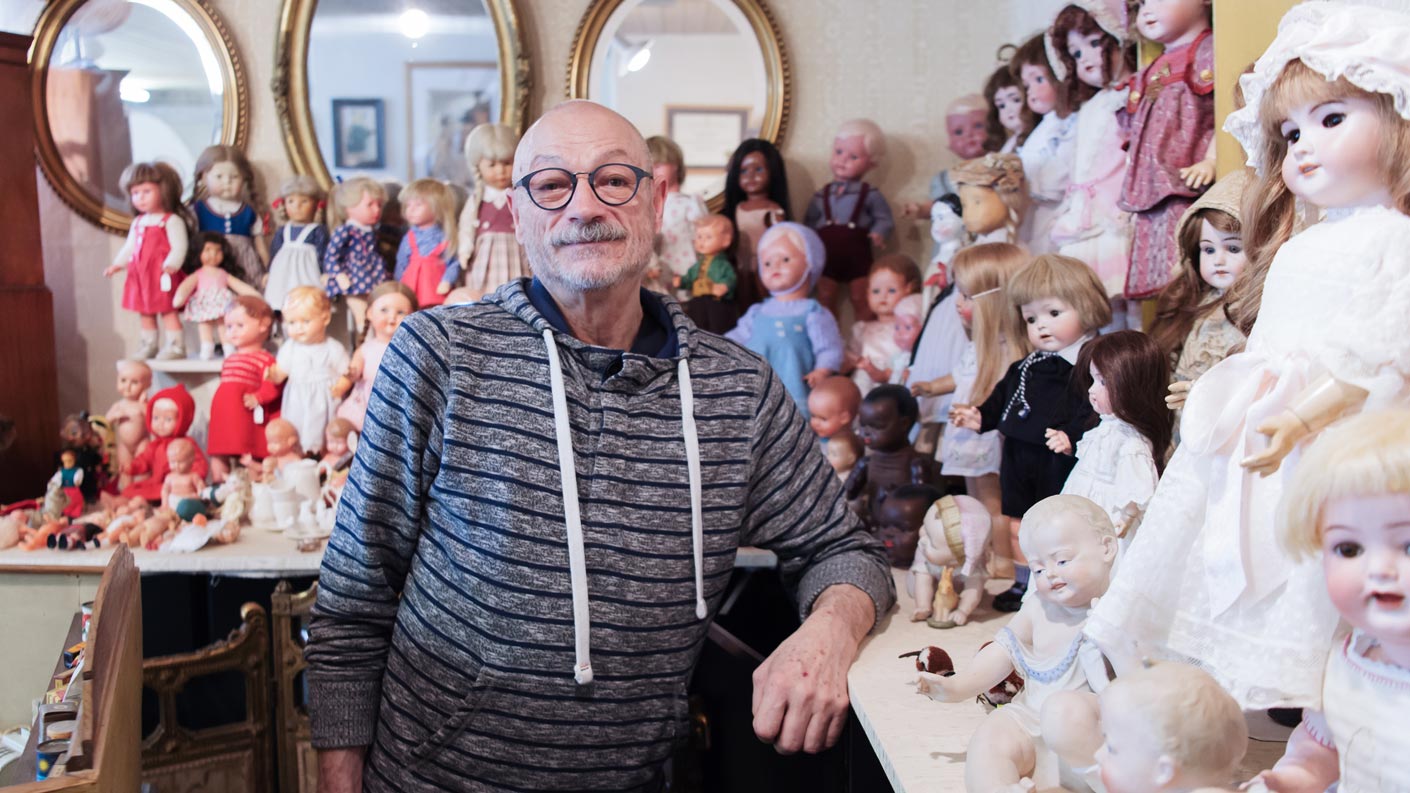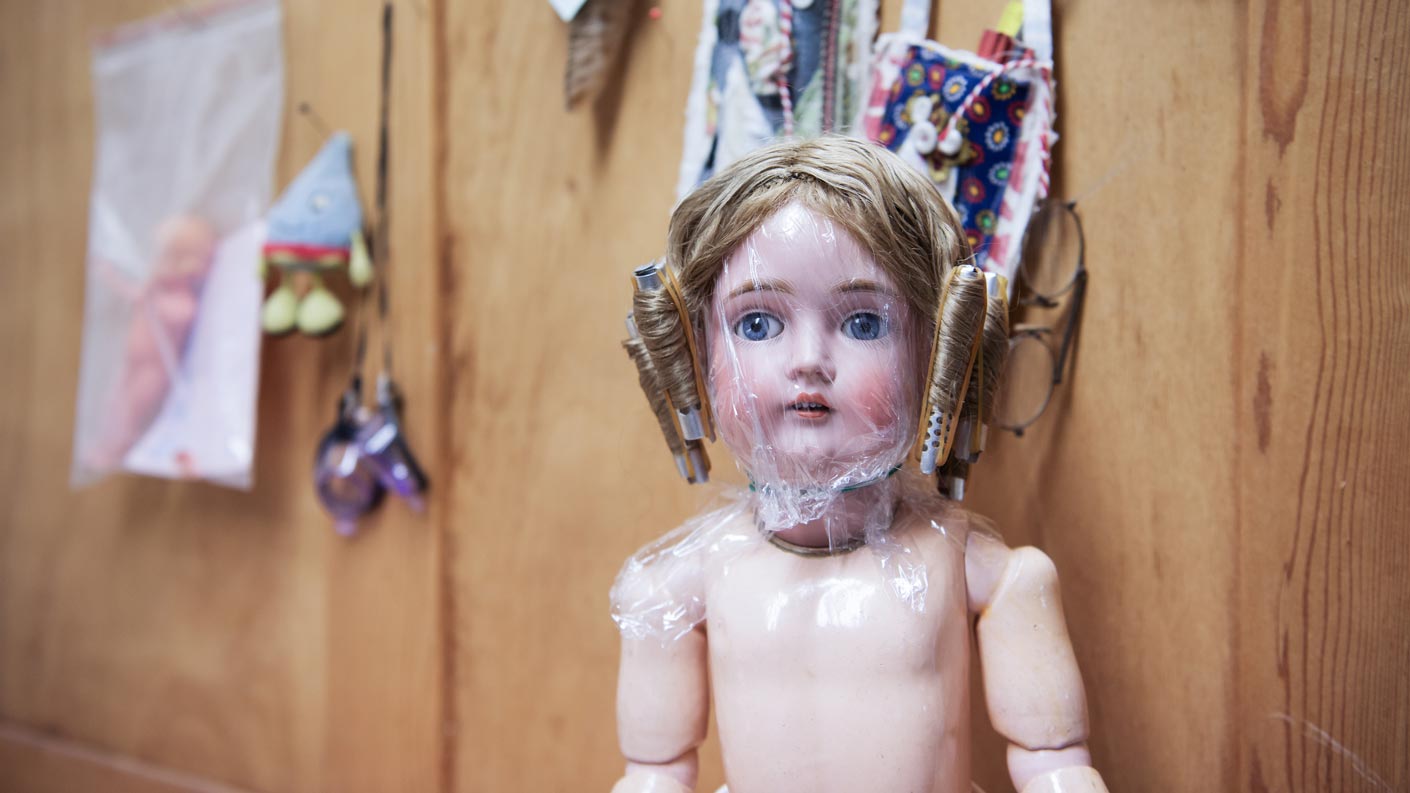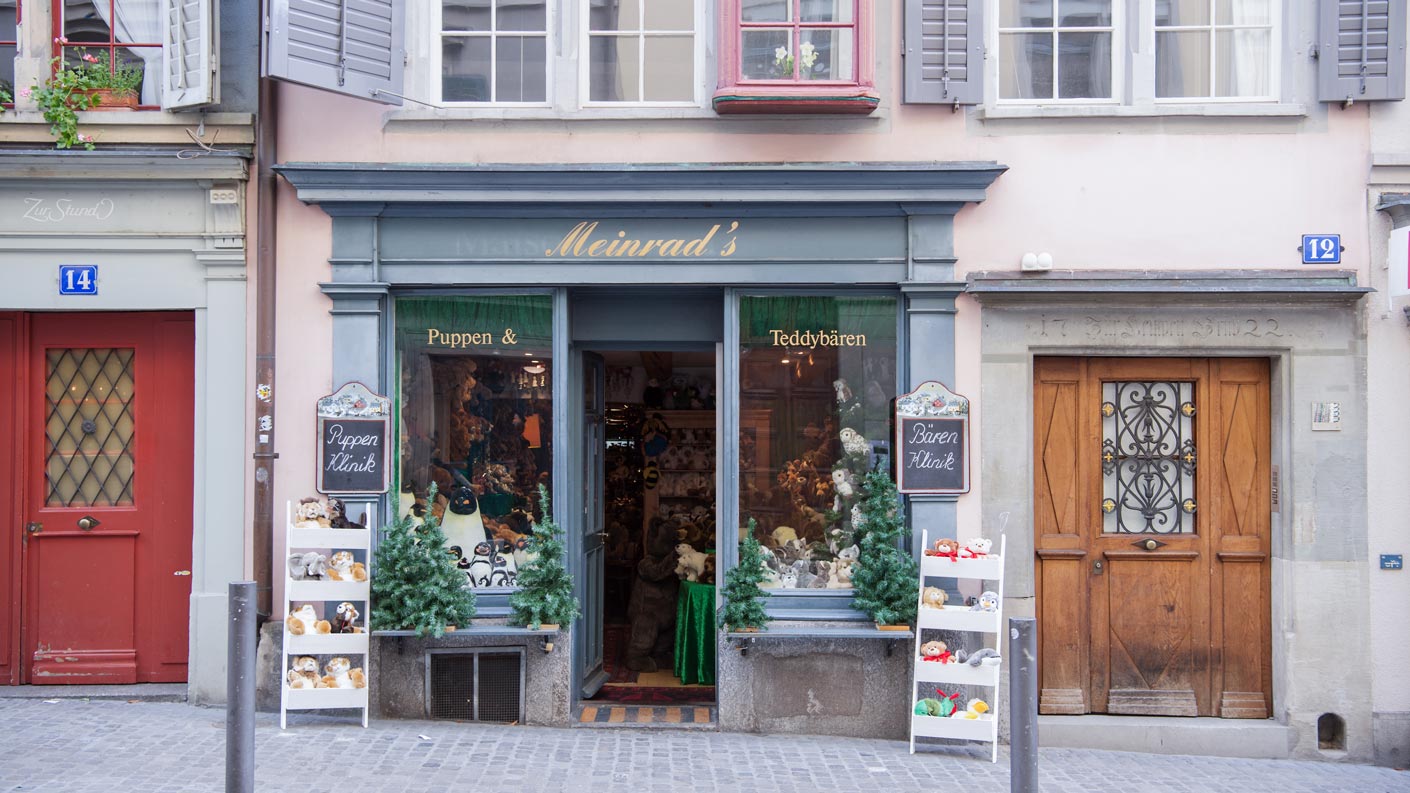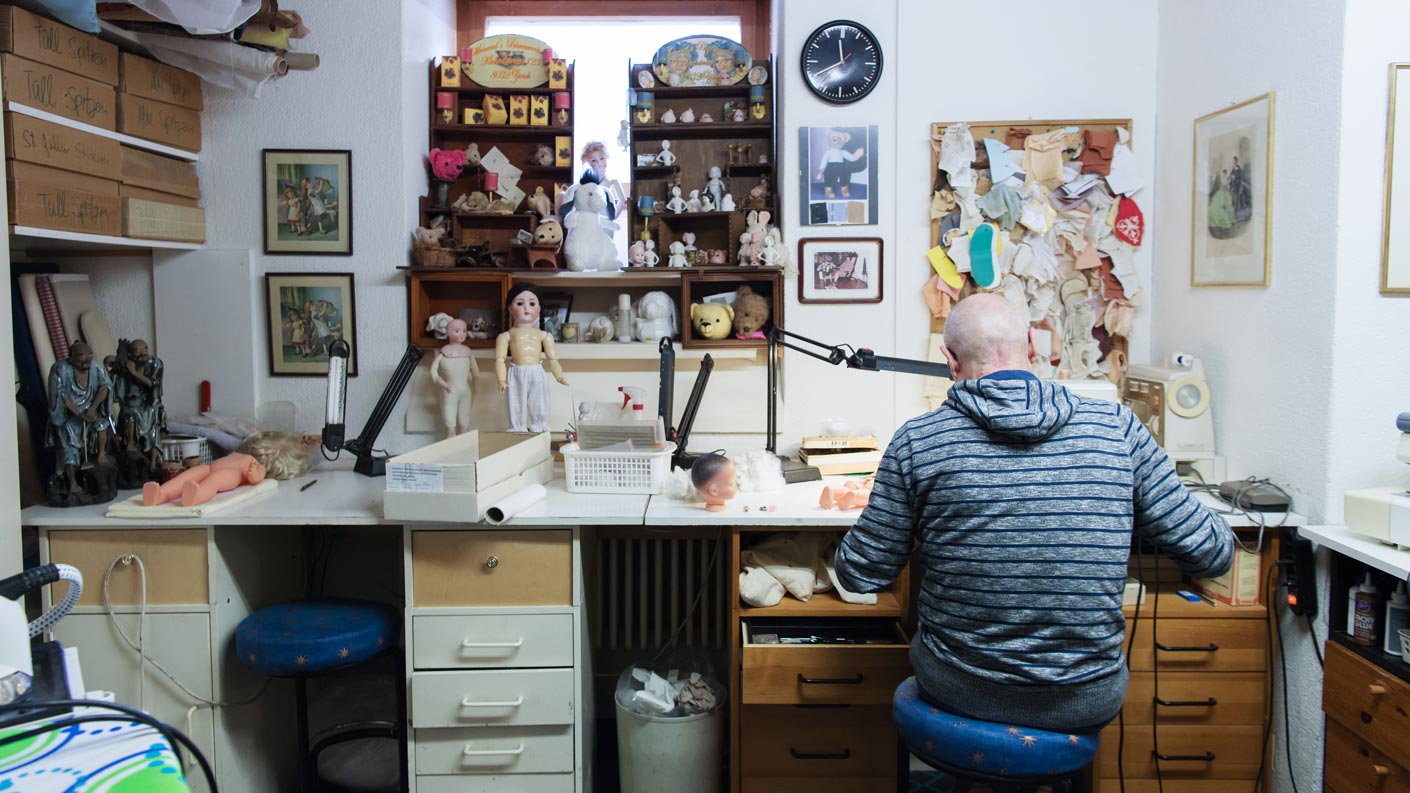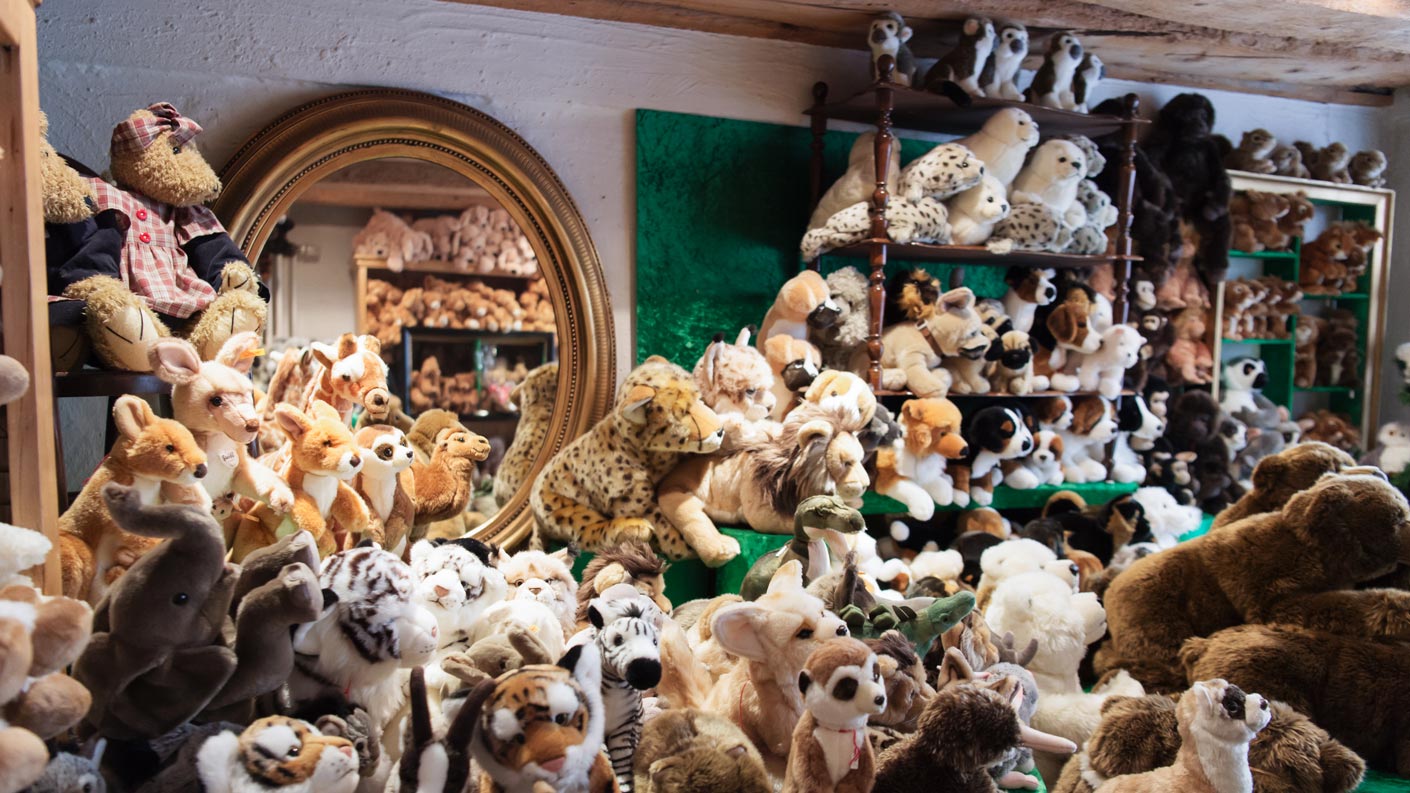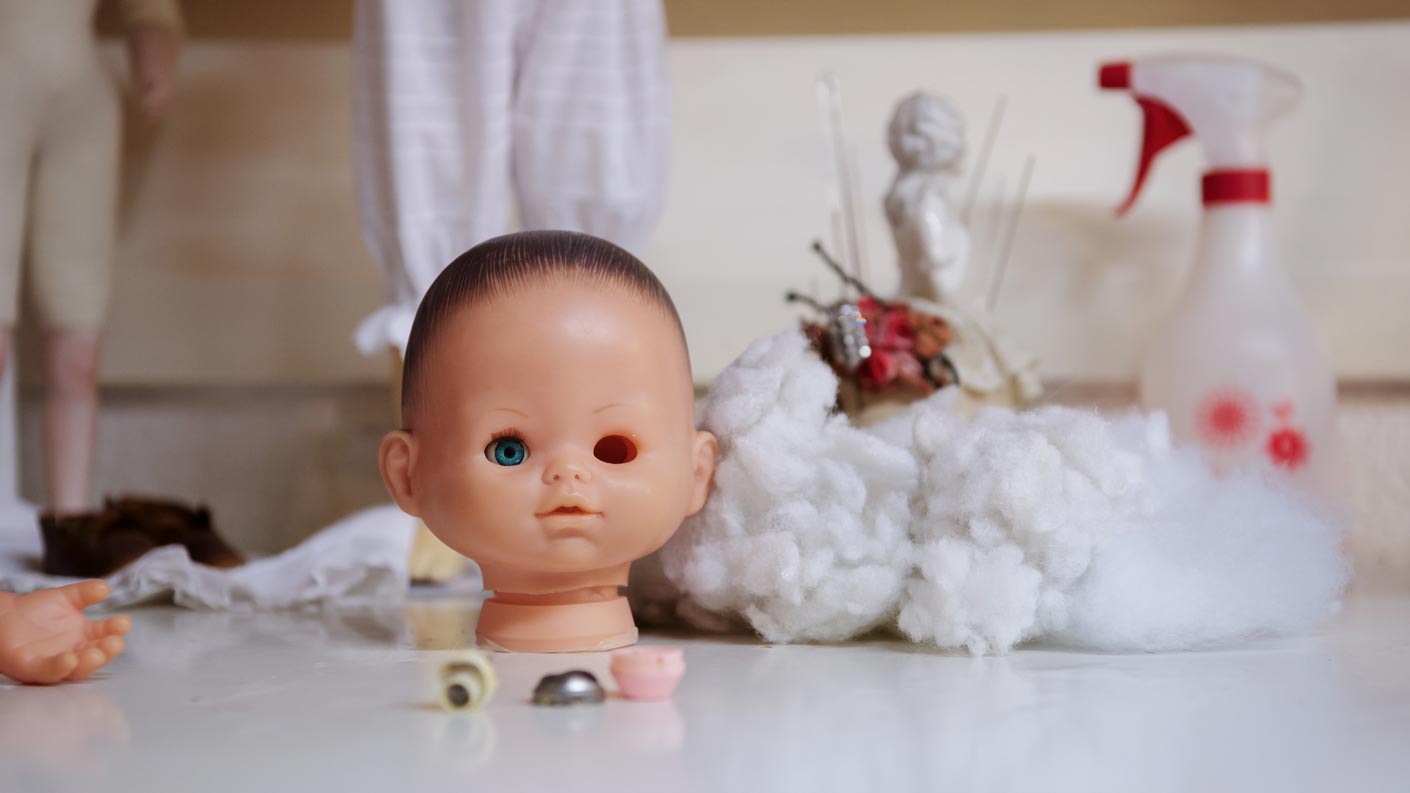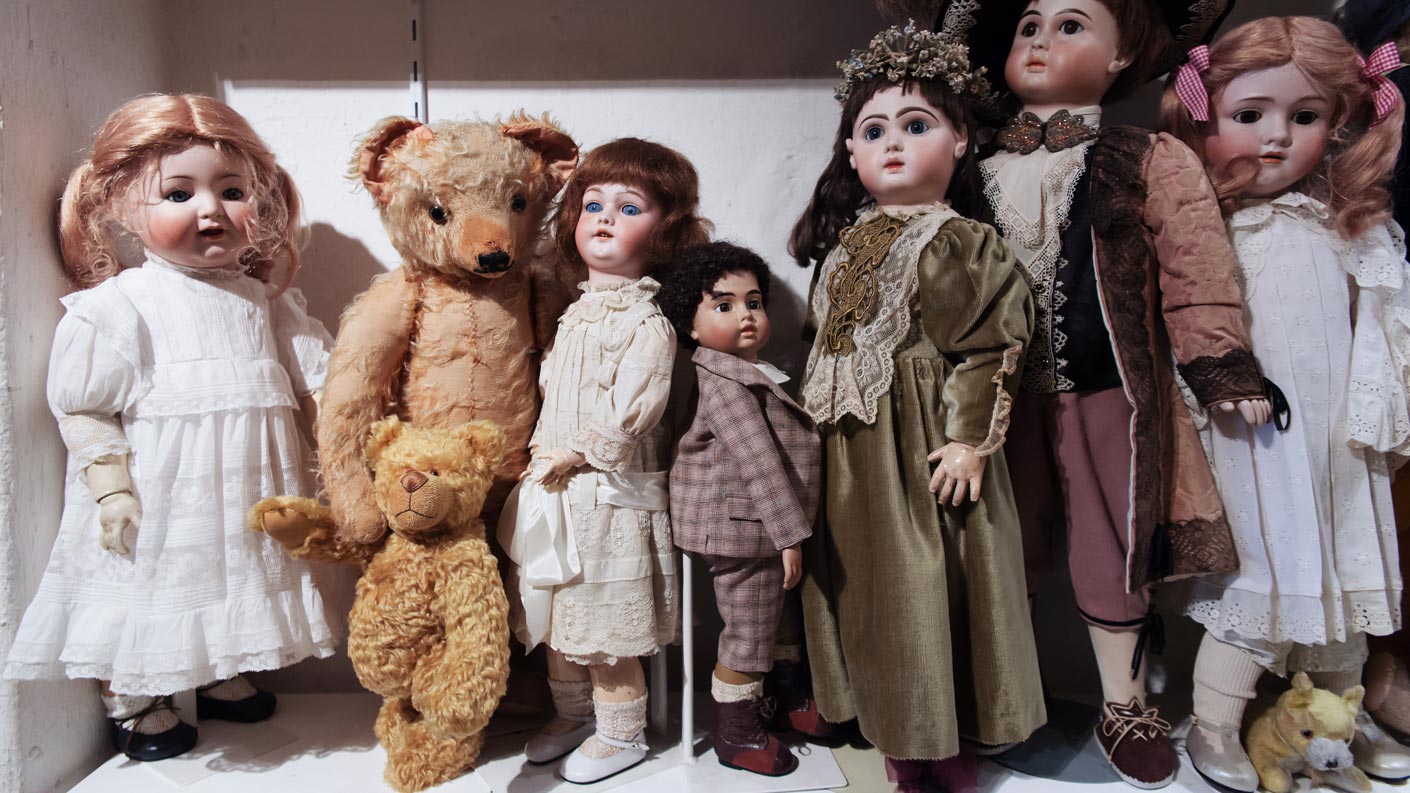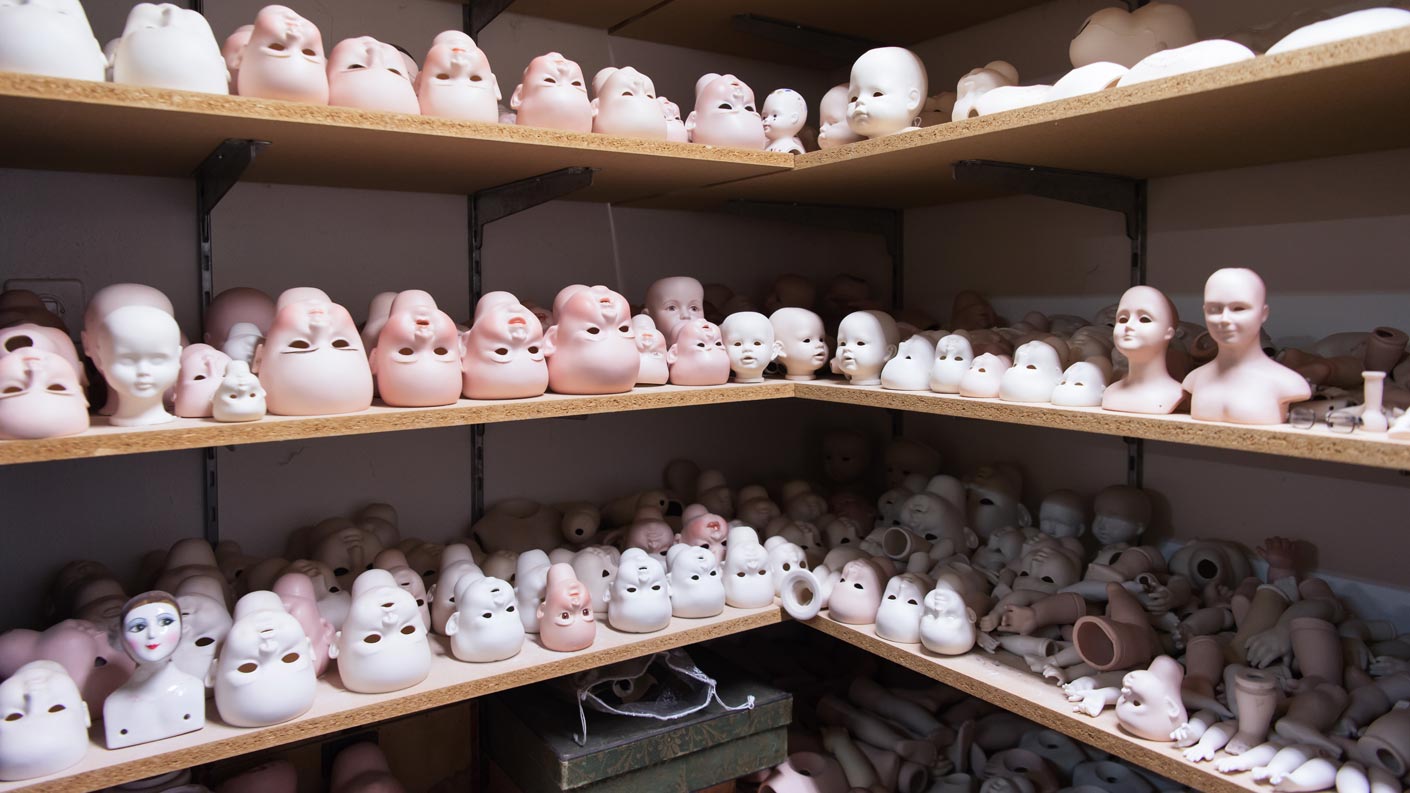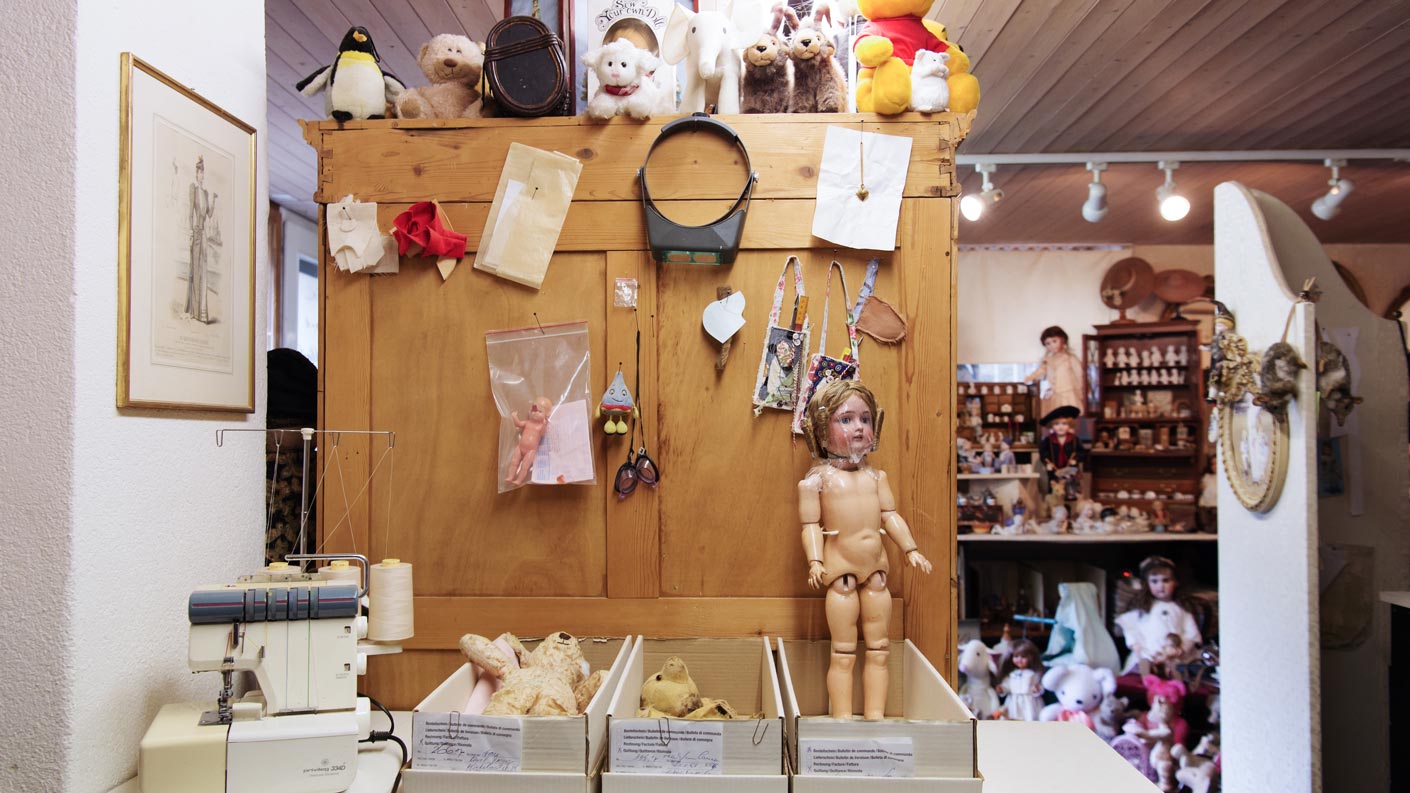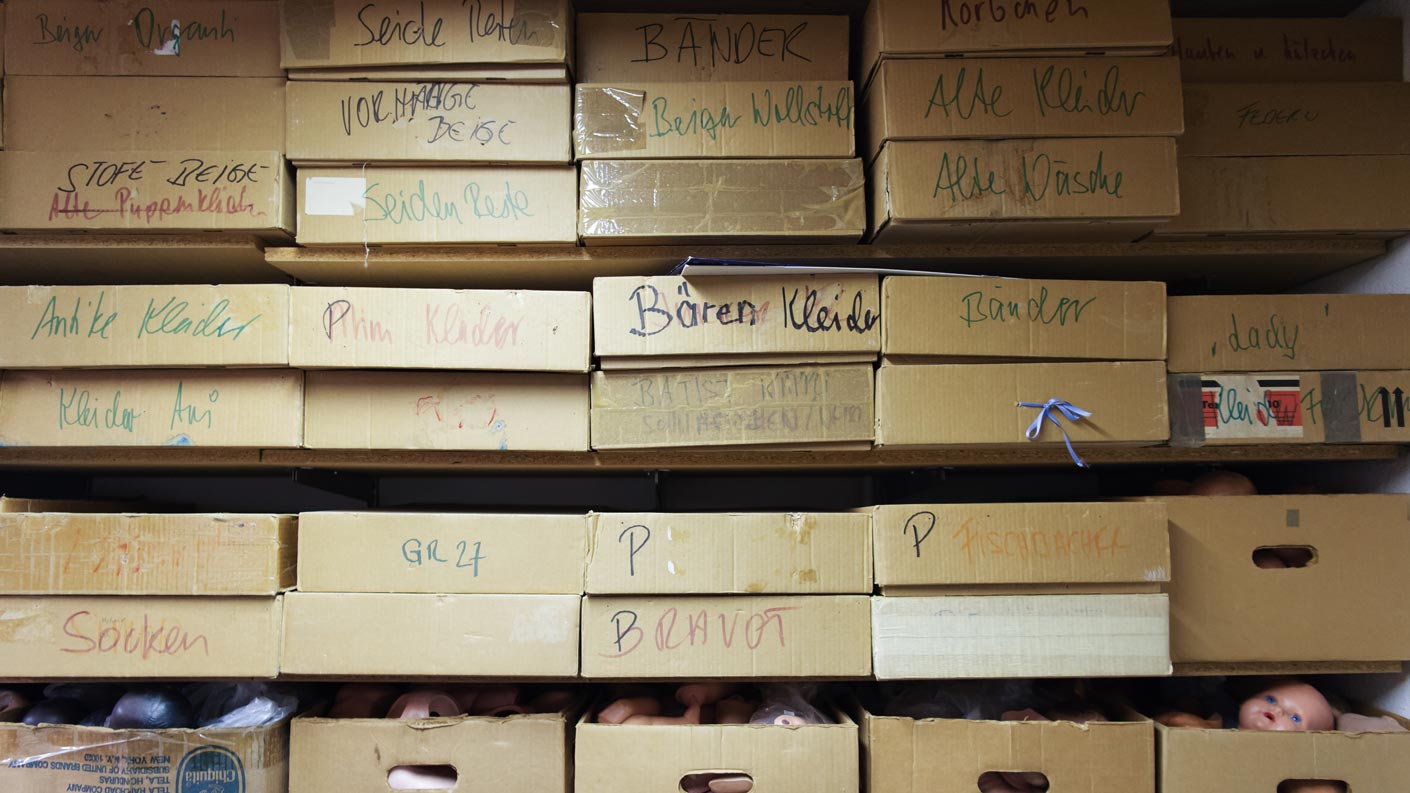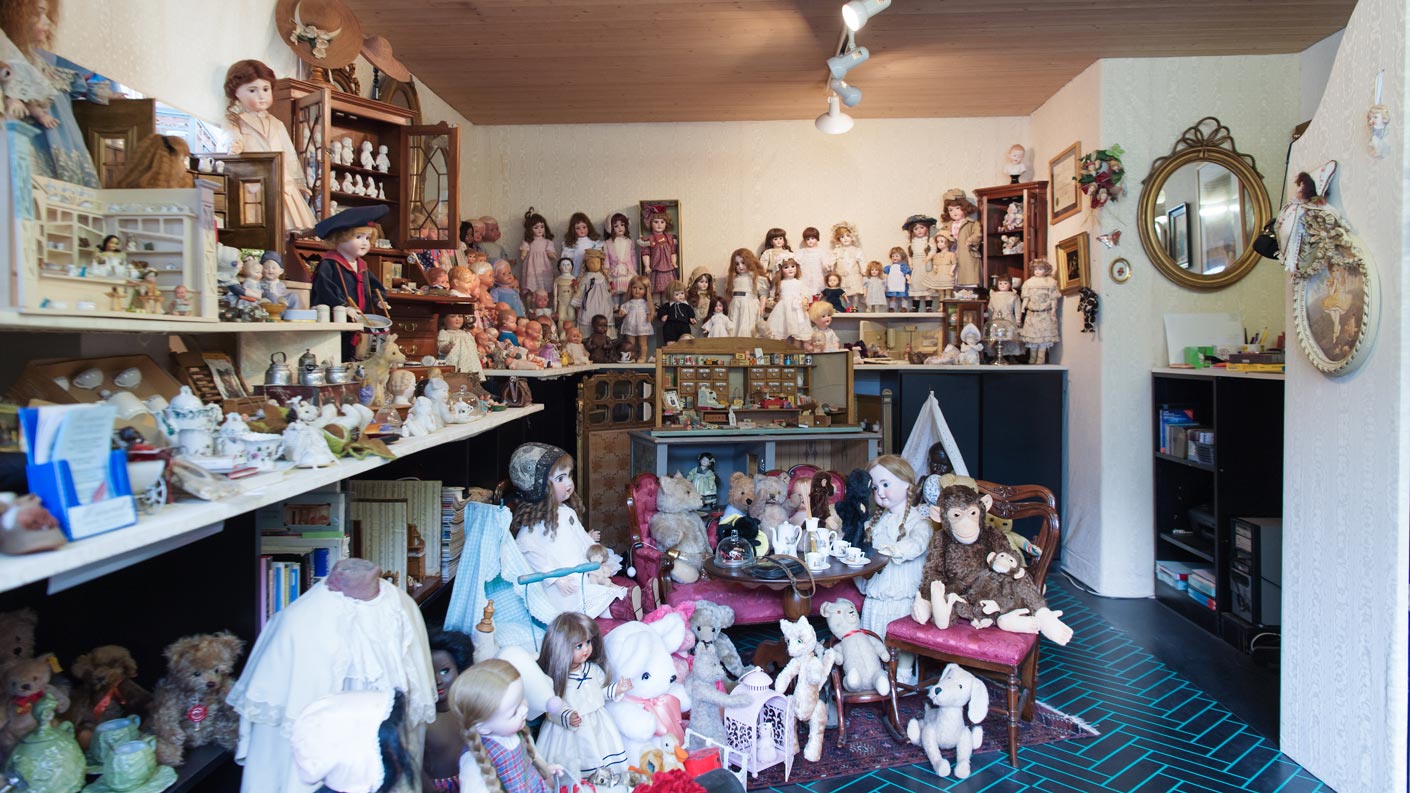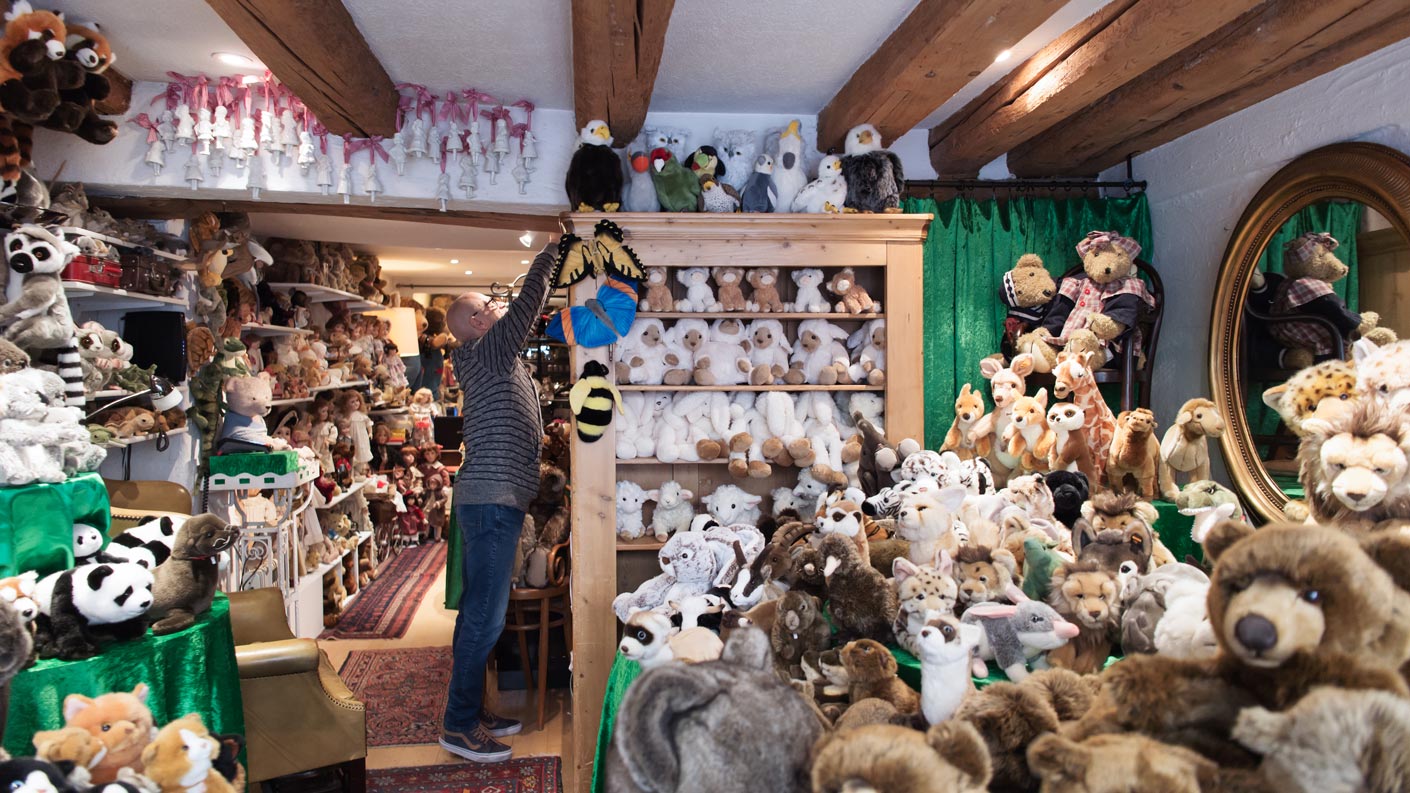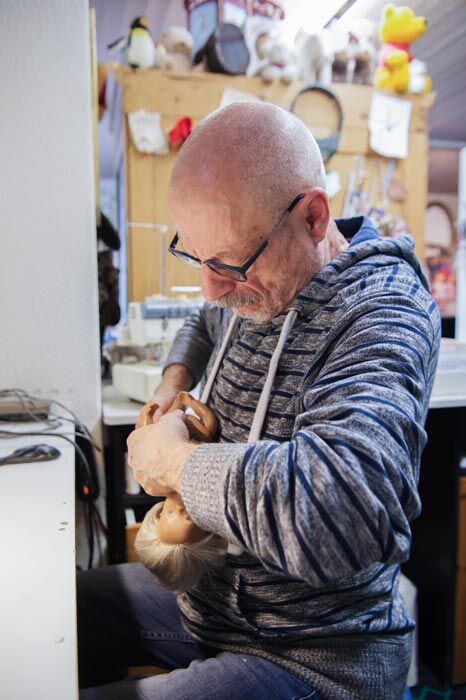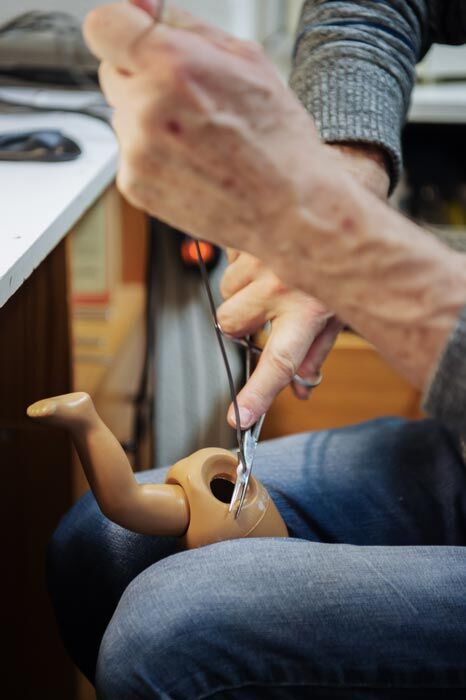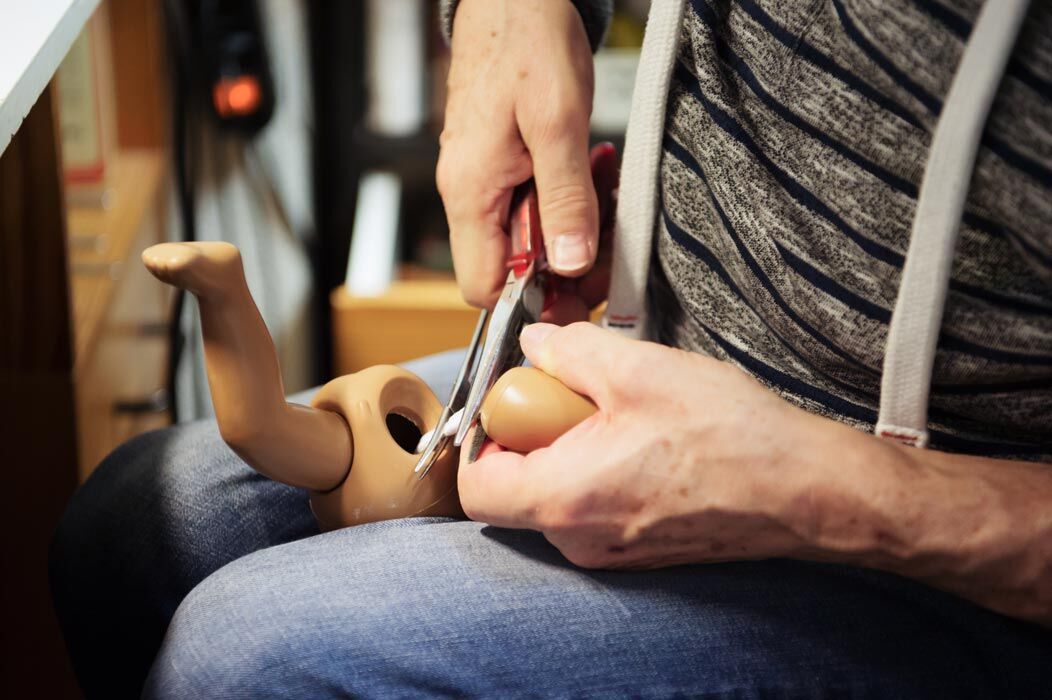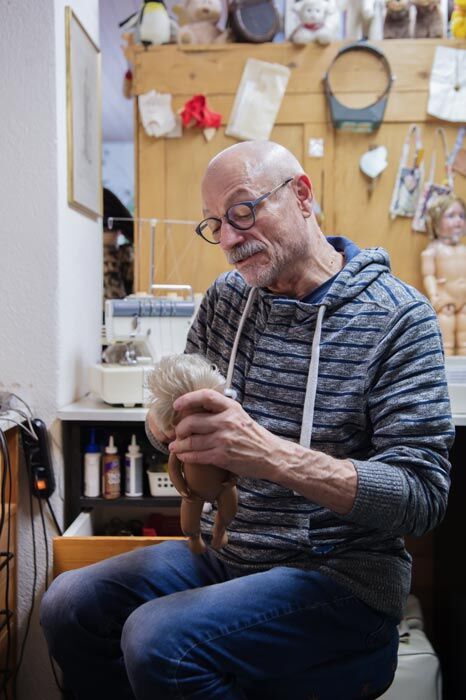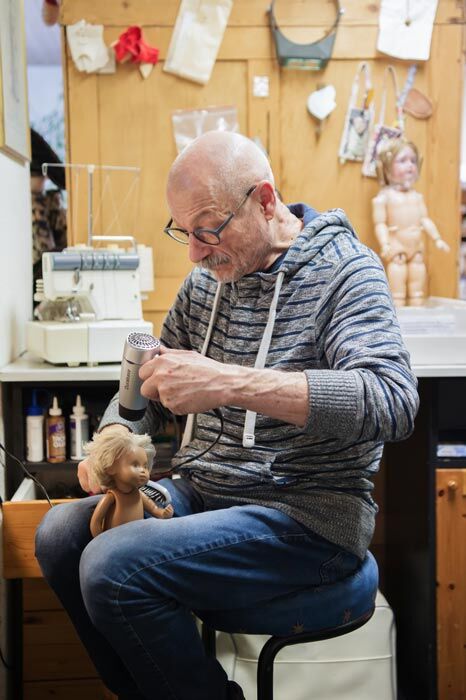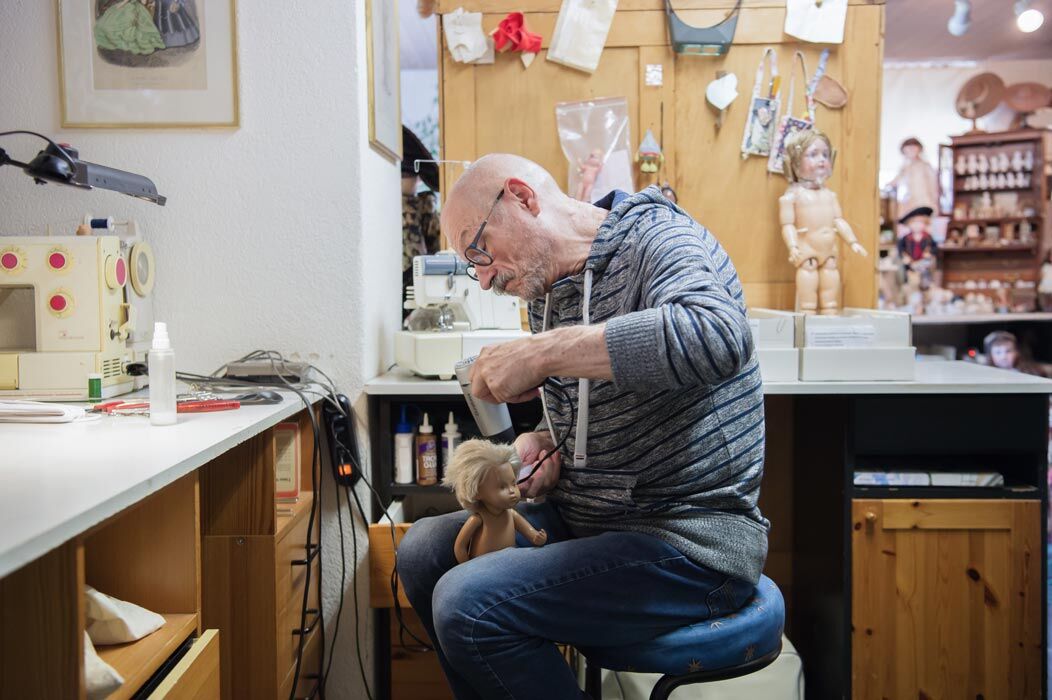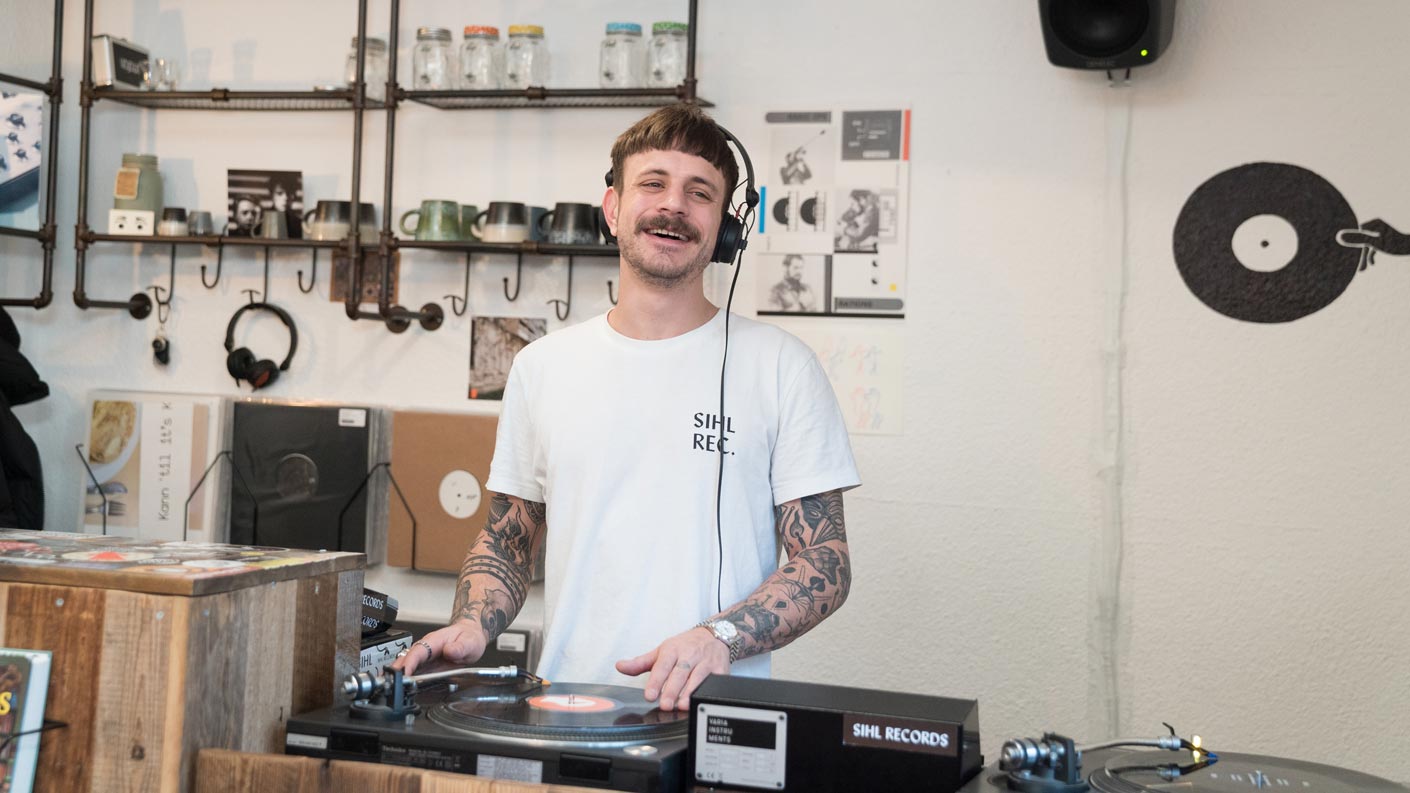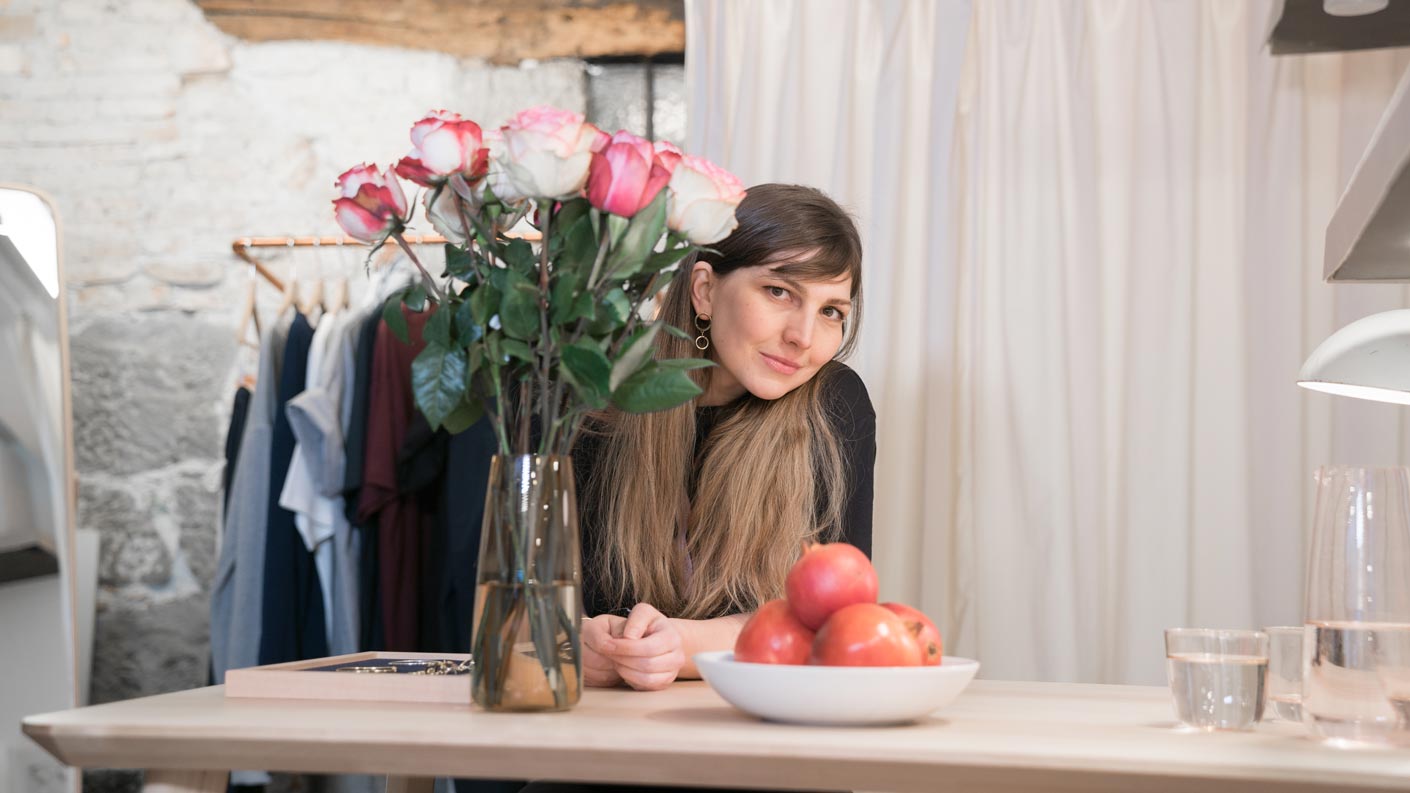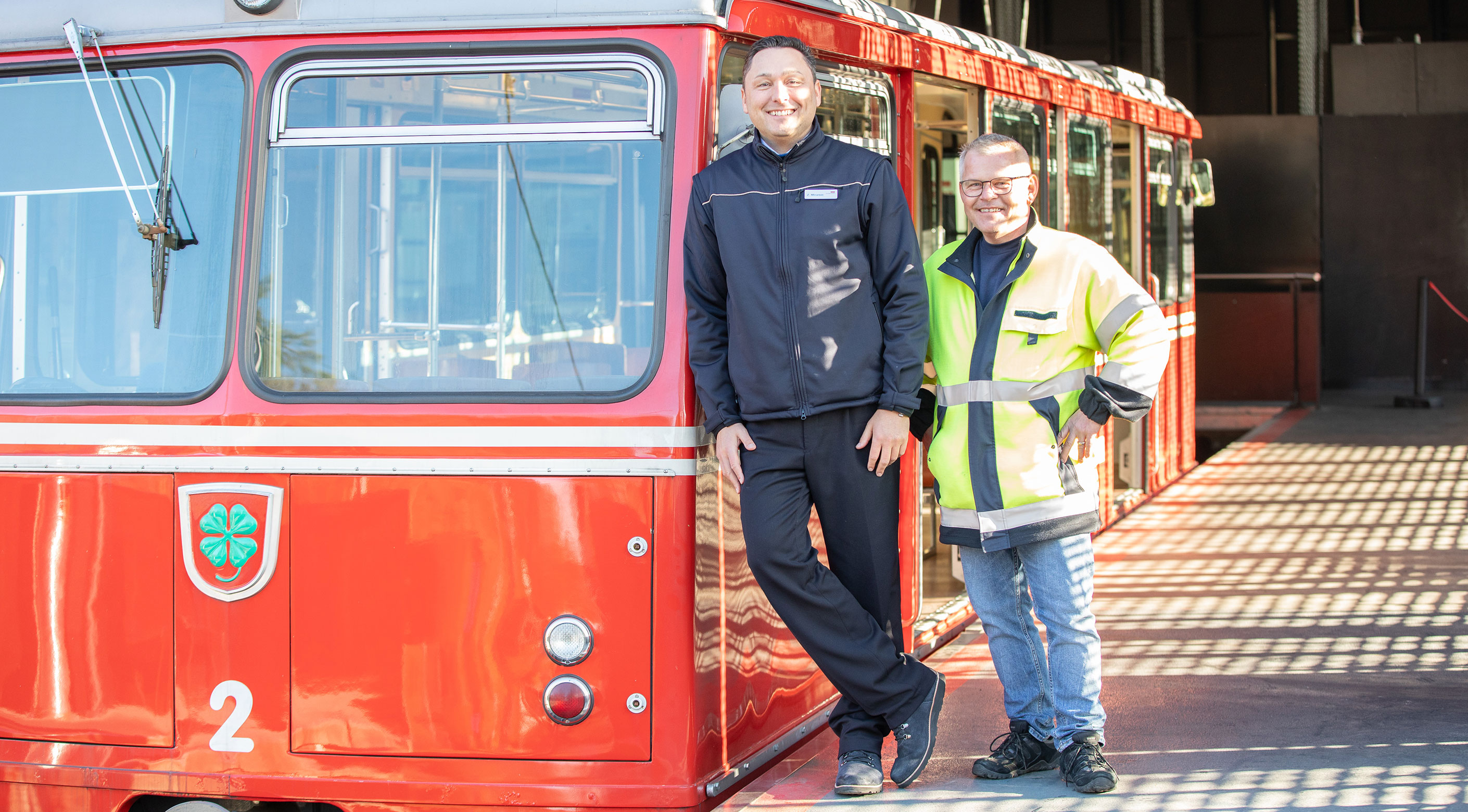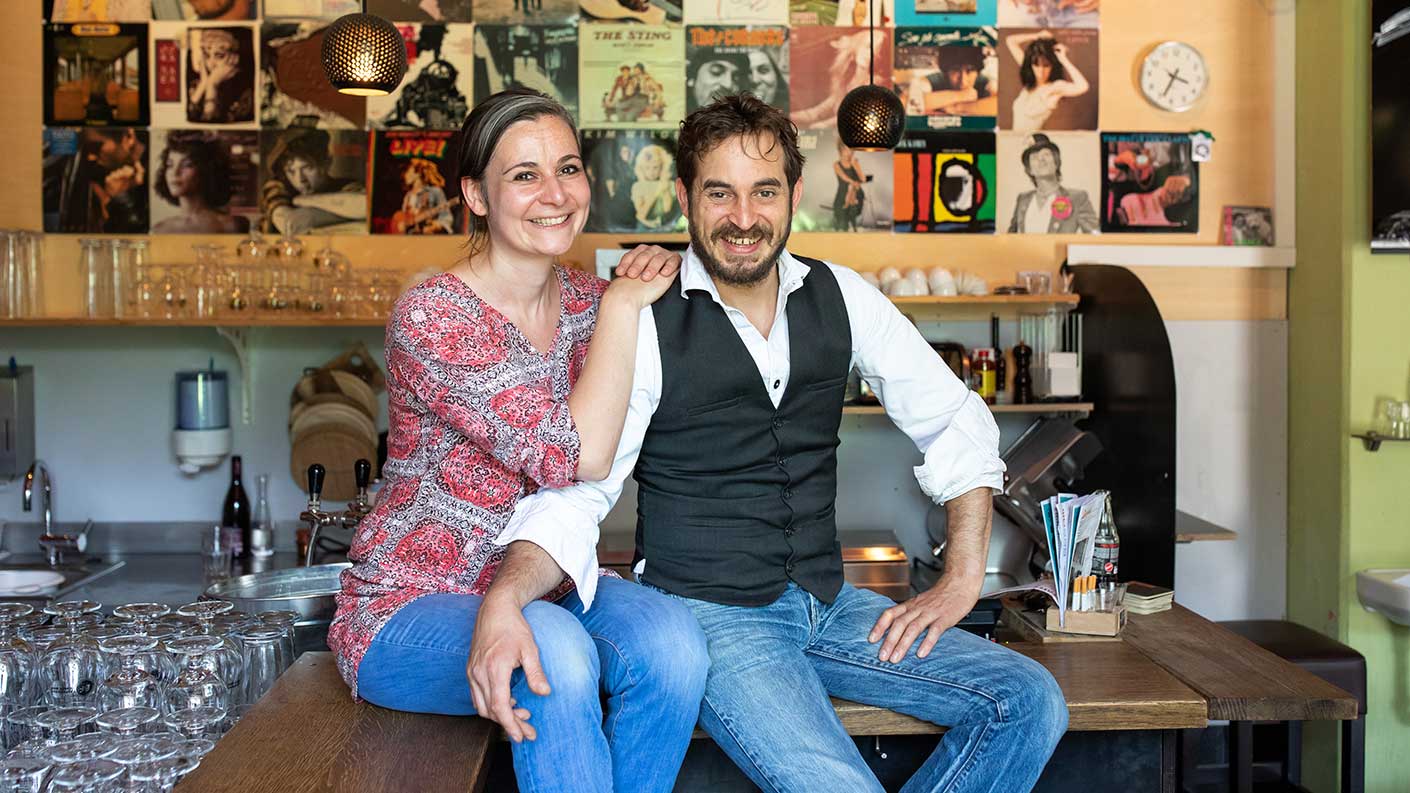Meinrads Puppen- und Bärenklinik
He’s already had hundreds of dolls, teddies and cuddly toys beneath his needle: Meinrad Röösli has been running his doll and teddy bear clinic for 31 years.
Meinrad Röösli used to dance on ice, but he now repairs damaged dolls and teddies. The 70-year-old doll and teddy doctor always has his hands full – customers come to his workshop from around the world. Although his fingers ache from years of sewing, he wants to keep working for as long as he enjoys it.
They sit or stand on the tables; some of them wear pretty dresses, others wear nothing at all. Their wide button eyes twinkle. Visitors to Meinrad Röösli’s doll and teddy bear clinic are greeted by a cosy warmth. Outside, above Zurich’s Römerhof, a cold wind sweeps through the streets. Röösli is wearing a t-shirt, jeans and trainers. He perches on a stool at his sewing table and begins to speak: ‘When I come into the workshop at 10 in the morning in a good mood, I greet the dolls and the teddies with a ‘good morning’!’ He often has to get to work quickly, however, because there’s always plenty to keep him busy.
‘When I come into the workshop at 10 in the morning in a good mood, I greet the dolls and the teddies with a ‘good morning’!’
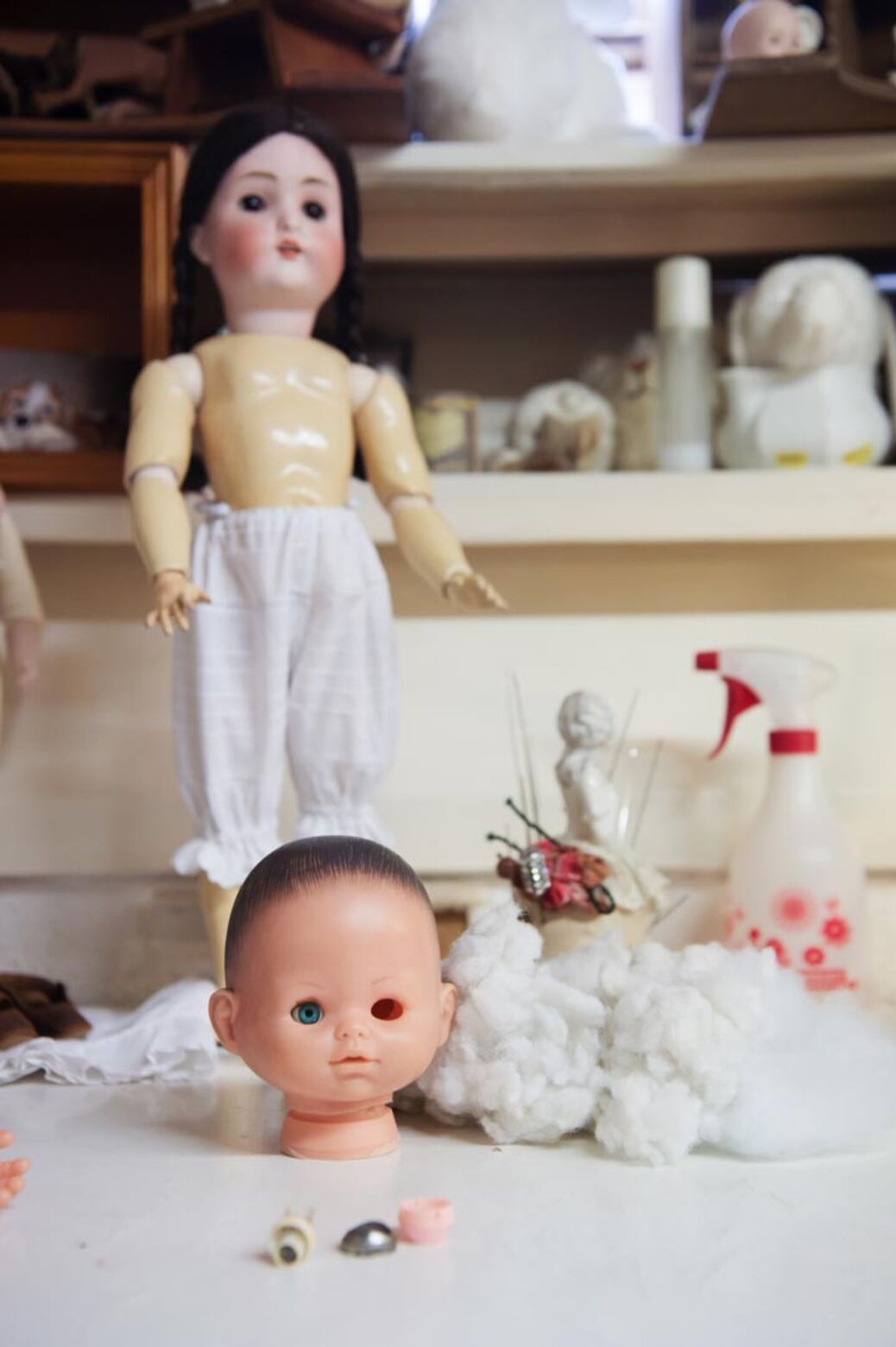
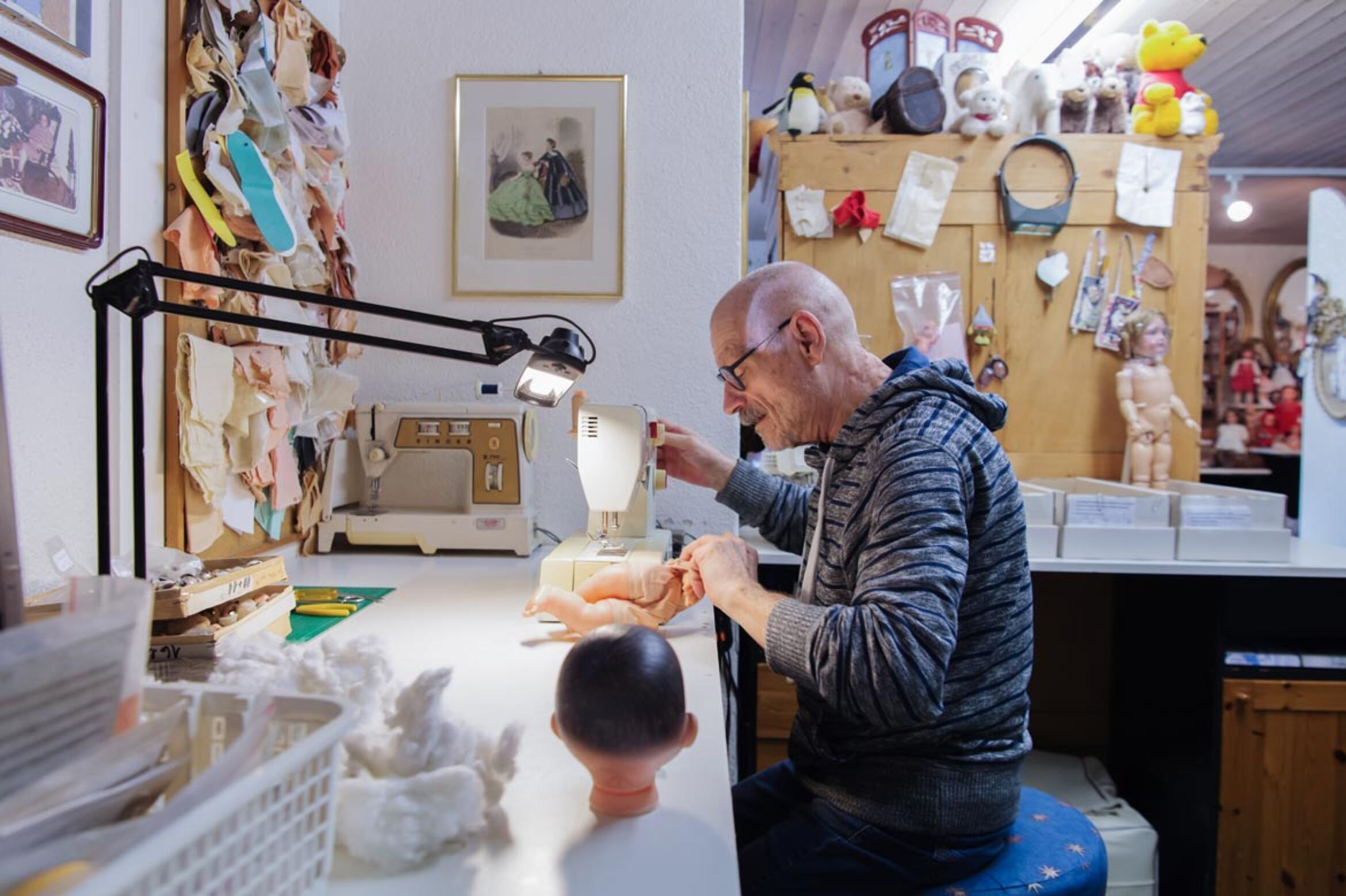
‘I don’t put any eyes on teddies when there are children in the workshop, because to do that I have to stick the needle into the teddy’s head,’ says Röösli, whose customers find their way to him from far and wide. He’s had damaged stuffed toys sent to him from as far afield as Singapore and the US. Children are his most critical customers. He loves to see them take the teddies he has repaired and examine every inch.
‘I don’t put any eyes on teddies when there are children in the workshop, because to do that I have to stick the needle into the teddy’s head.’
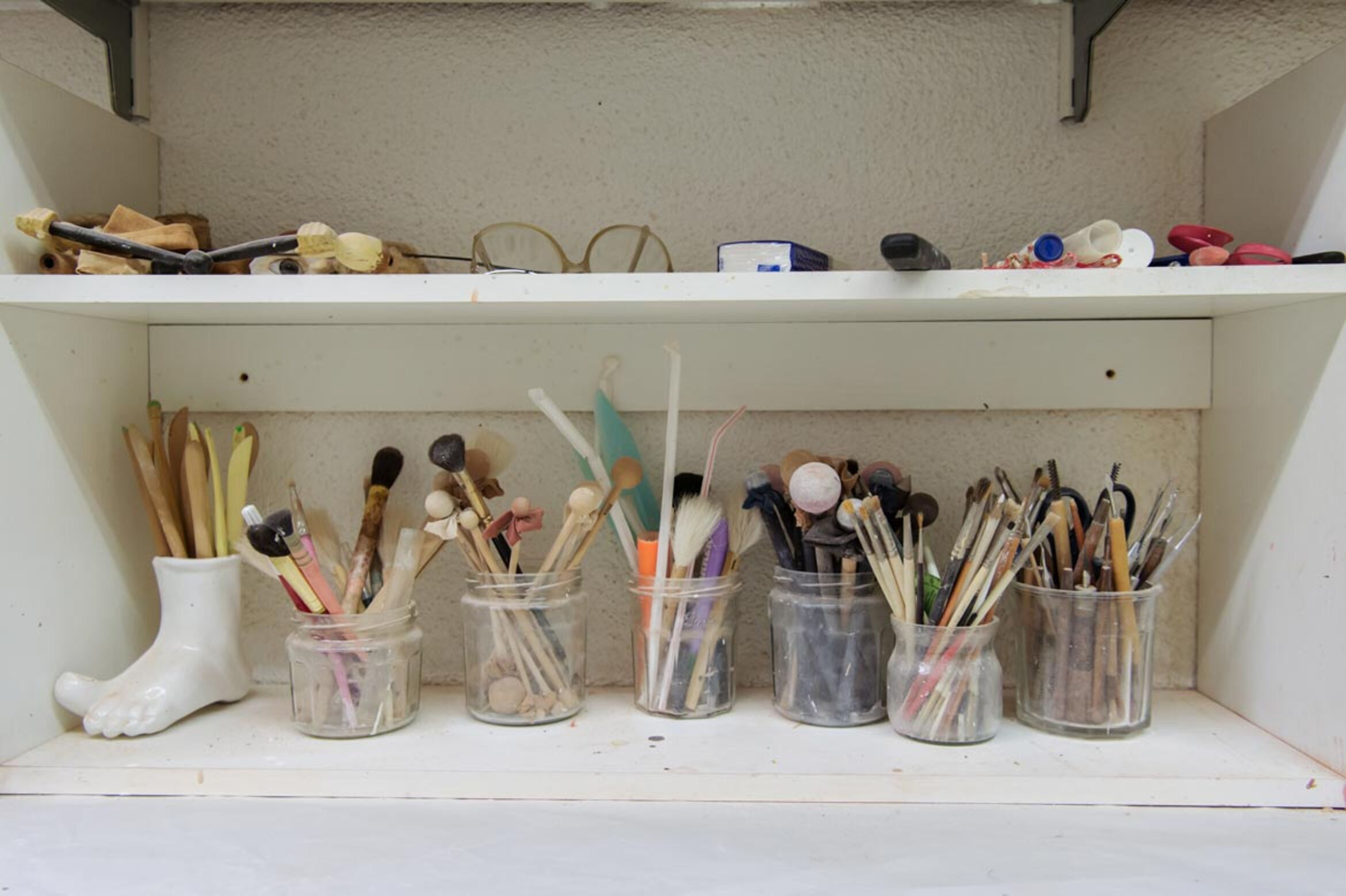
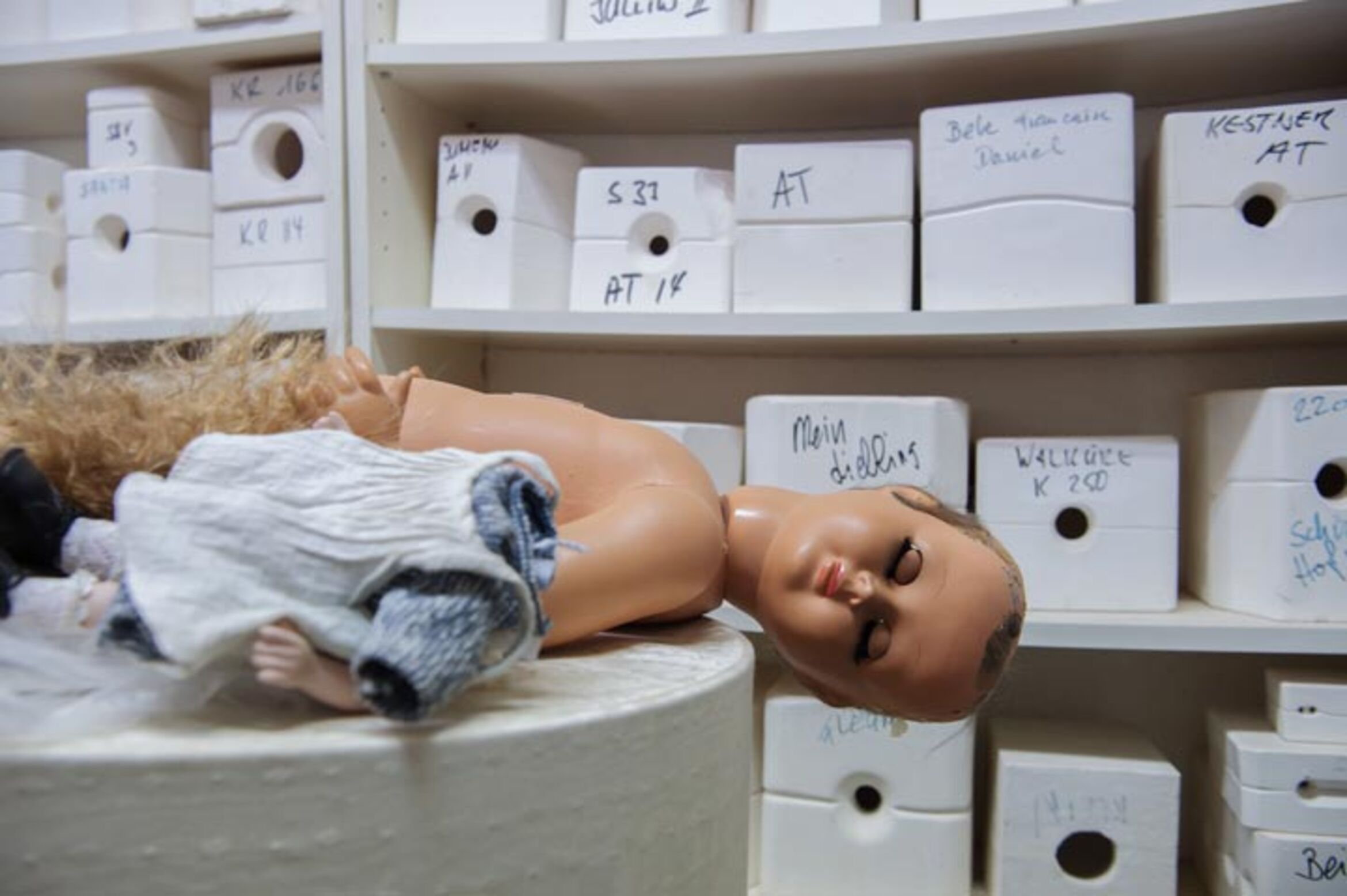
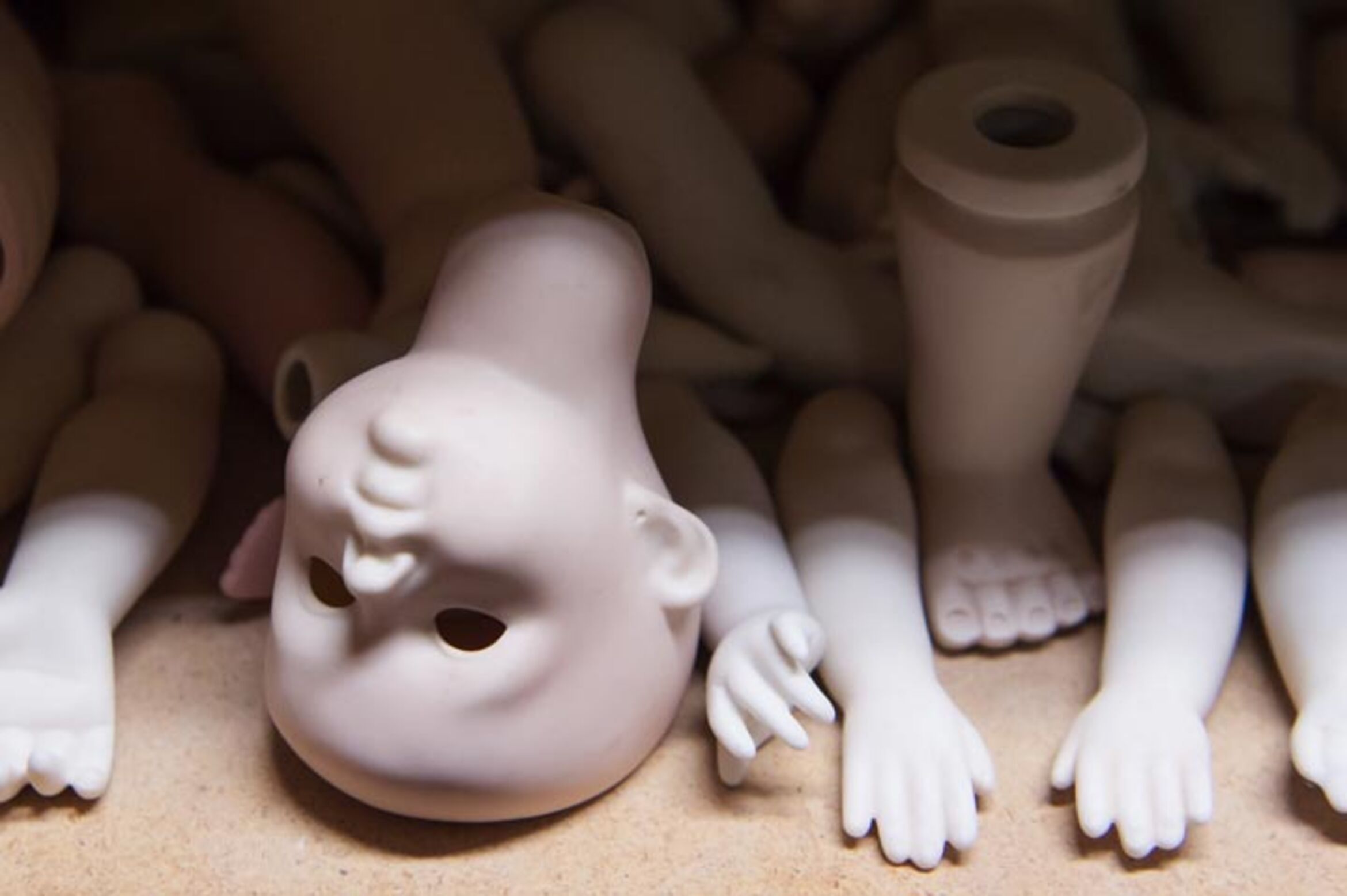
Röösli is meticulous when it comes to his work: ‘I hate to see a head that bobs around.’ He describes himself as nit-picker, almost a perfectionist. Born in Lucerne, Röösli has been demanding the highest standards from himself since he was young – back then in figure- and roller-skating, in both of which he was Swiss champion multiple times. At 19, he practised at Zurich’s Dolder ice rink, while working on the side in the toy department at Globus in the city centre (he trained as a window dresser).
At 22, back problems meant that he had to put his passion for sport on ice, so he decided to complete a commercial apprenticeship. He later worked in insurance, at a bank and in a home for people with intellectual disabilities. In his free time, he gave courses on doll painting, designed and sewed doll clothes, and taught himself how to reproduce antique porcelain dolls.
Röösli shows me a photo on the wall – his mother, a dressmaker who owned a costume shop, smiles into the camera. ‘She was always busy when the Lucerne carnival came round. We children had to help out, adding the last stitches by hand or taking the costumes to be dry cleaned,’ he remembers.
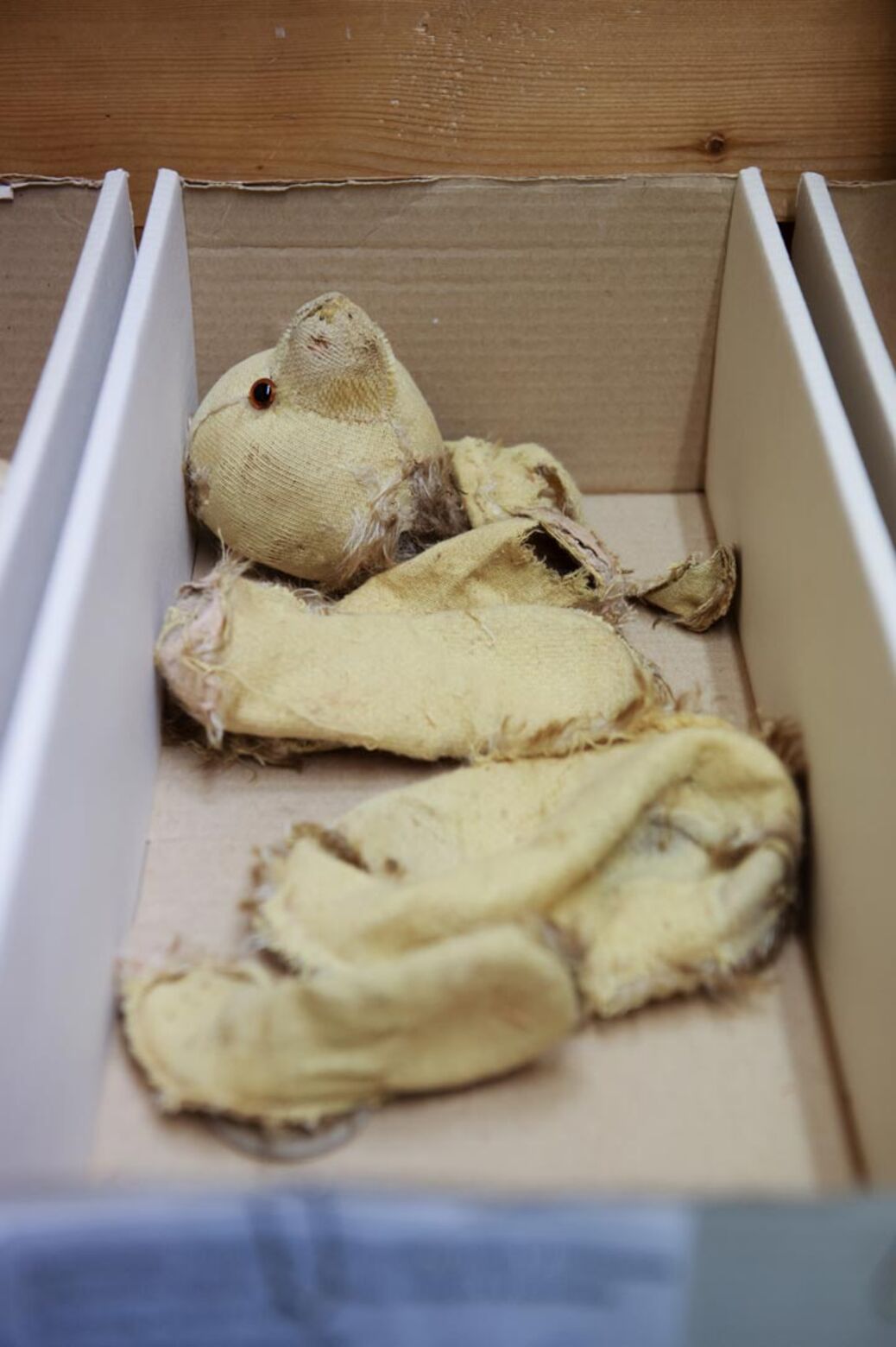
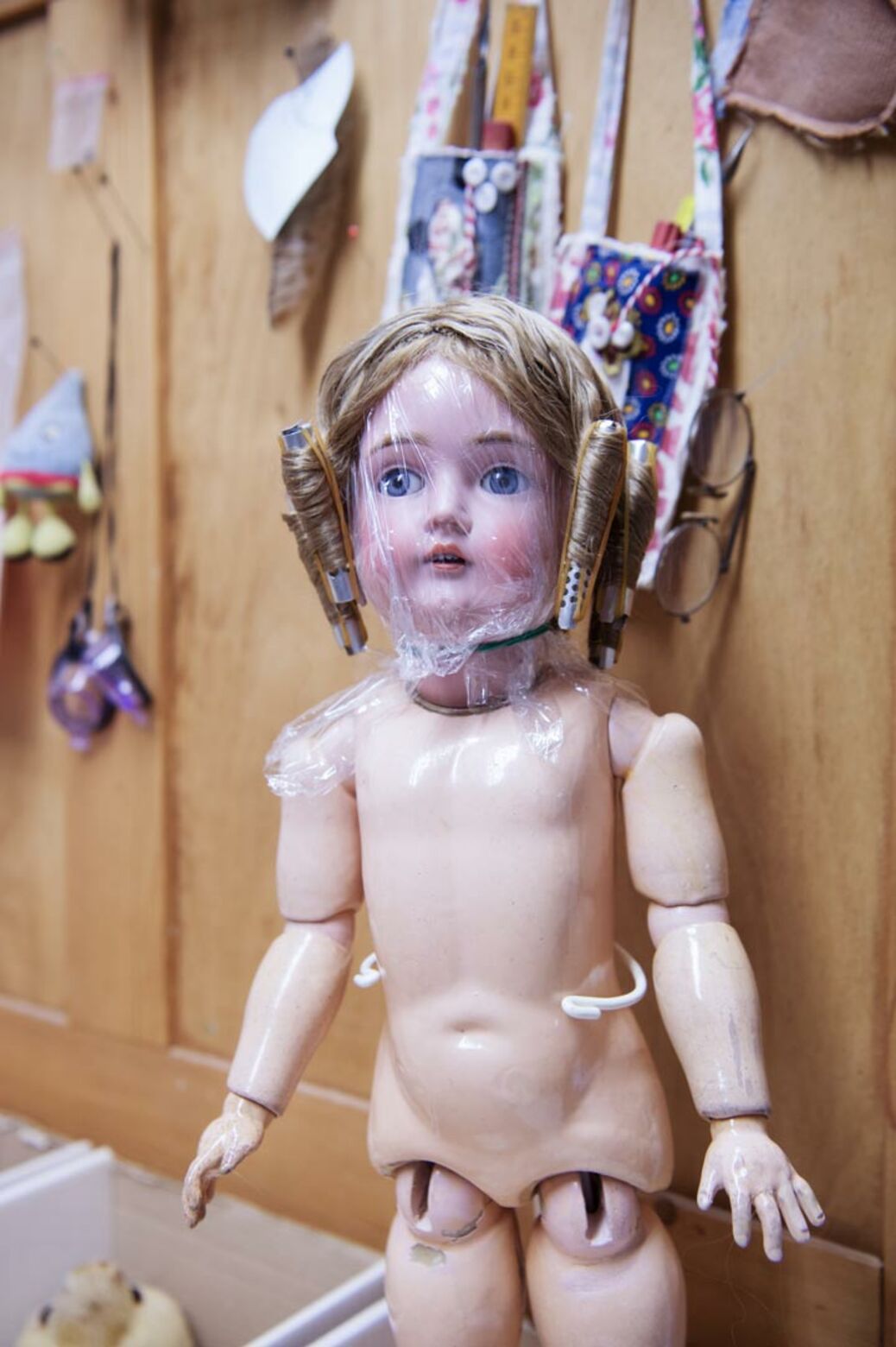
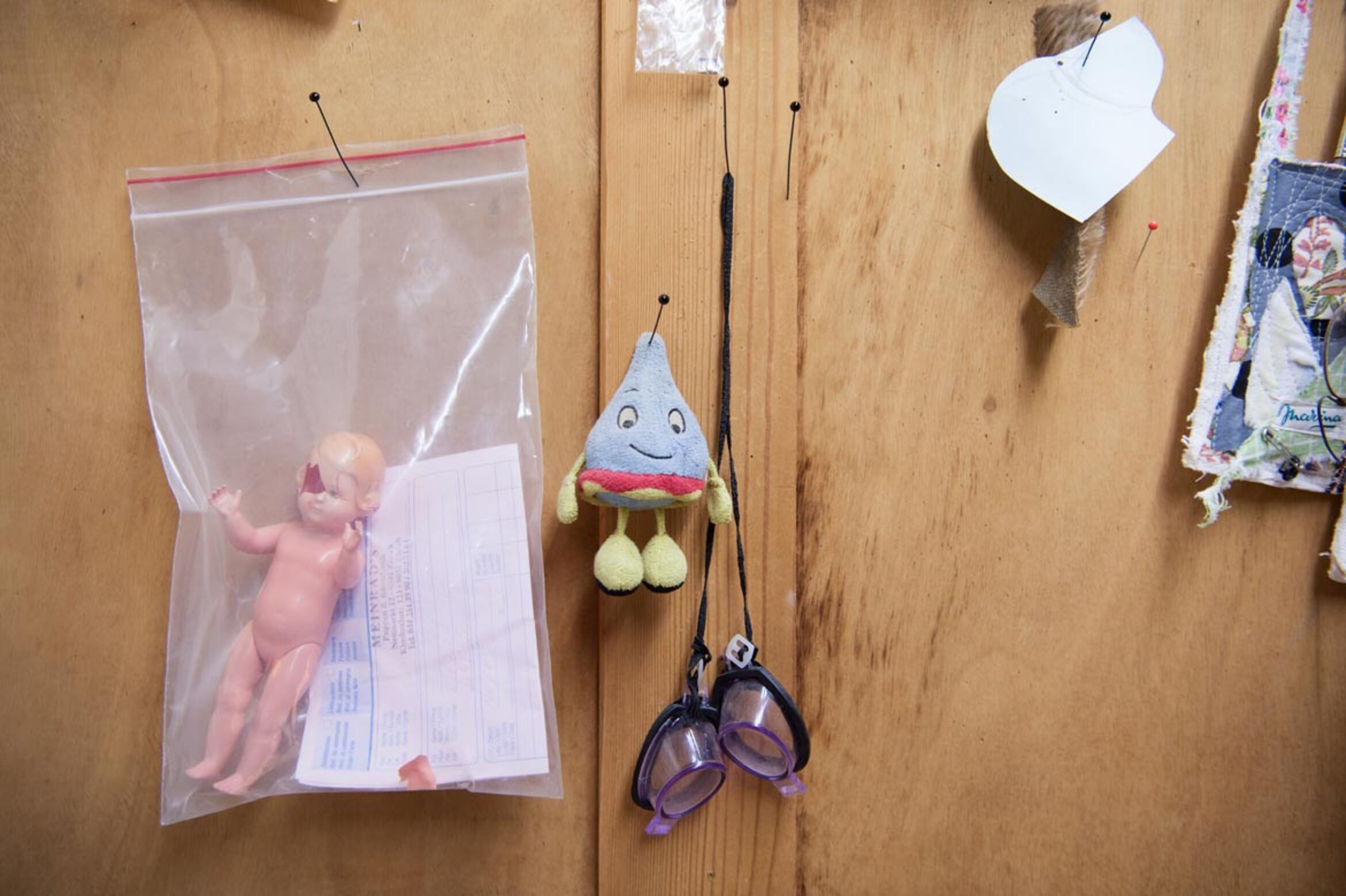
At 40, Röösli turned his hobby into his job: in 1987, he and his partner rented a small house on Kreuzplatz in Zurich – later known as ‘the blue house’ – and transformed it into a doll workshop with a showroom. After a couple of years, however, the blue house was demolished. Röösli found a replacement for his workshop in 1995 on Klosbachstrasse, where he gave threadbare dolls, soft toys and teddies a new lease of life – and also made some himself. His partner sells the results in Maison de la Poupée on Neumarkt, where the windows are also stocked with expensive antique versions.
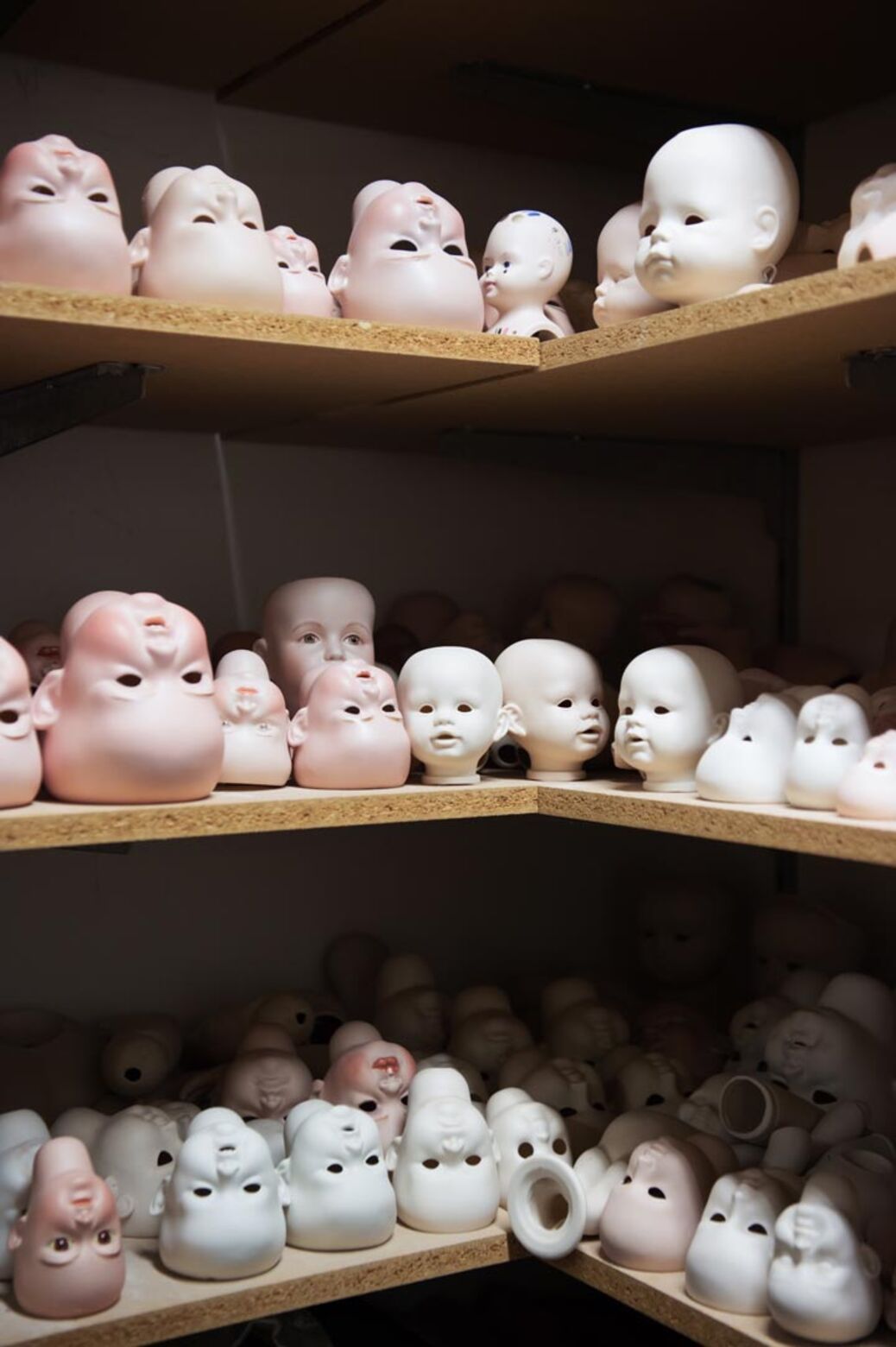
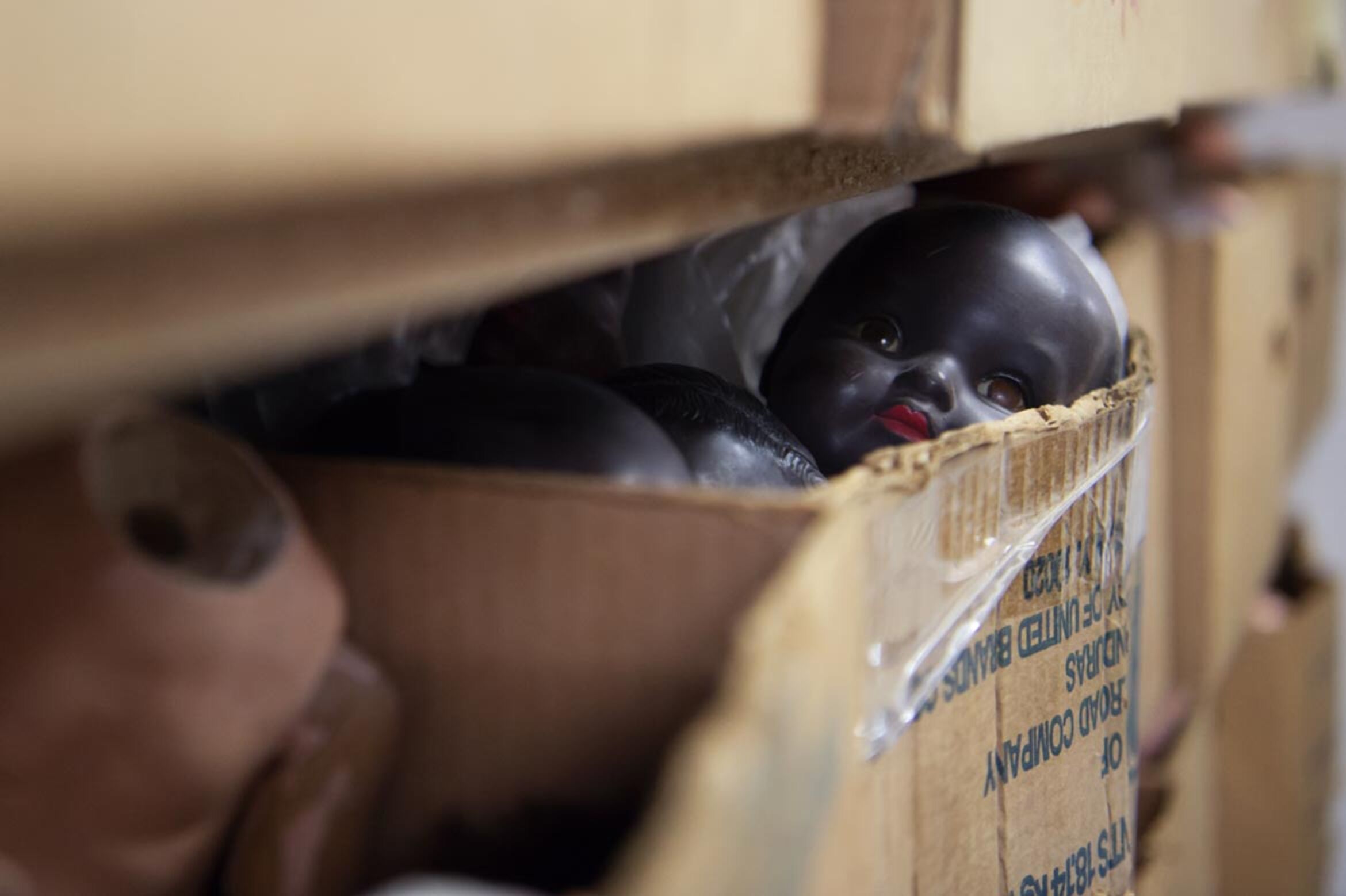
Röösli makes copies of original dolls using plaster casts. Dozens of porcelain heads are stored on a shelf, still unpainted, looking almost eerie. Röösli explains how it works: ‘The liquid porcelain is like custard and is poured into the plaster cast.’ After a couple of hours, the model is firm and can be taken out of the mould. The negative is heated in a porcelain kiln at 1,200 degrees. The porcelain hardens and loses volume when heated, becoming 10% smaller.
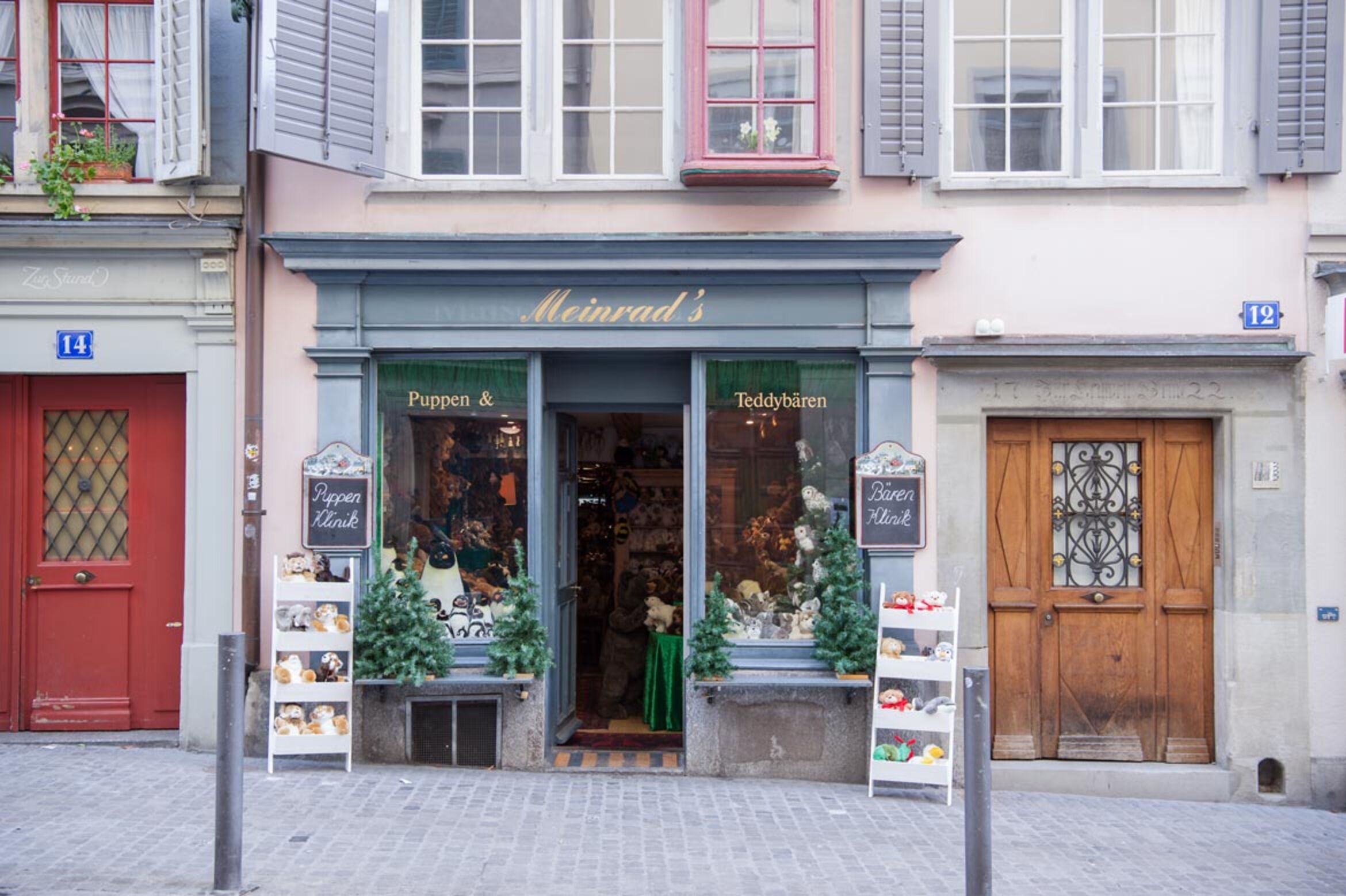
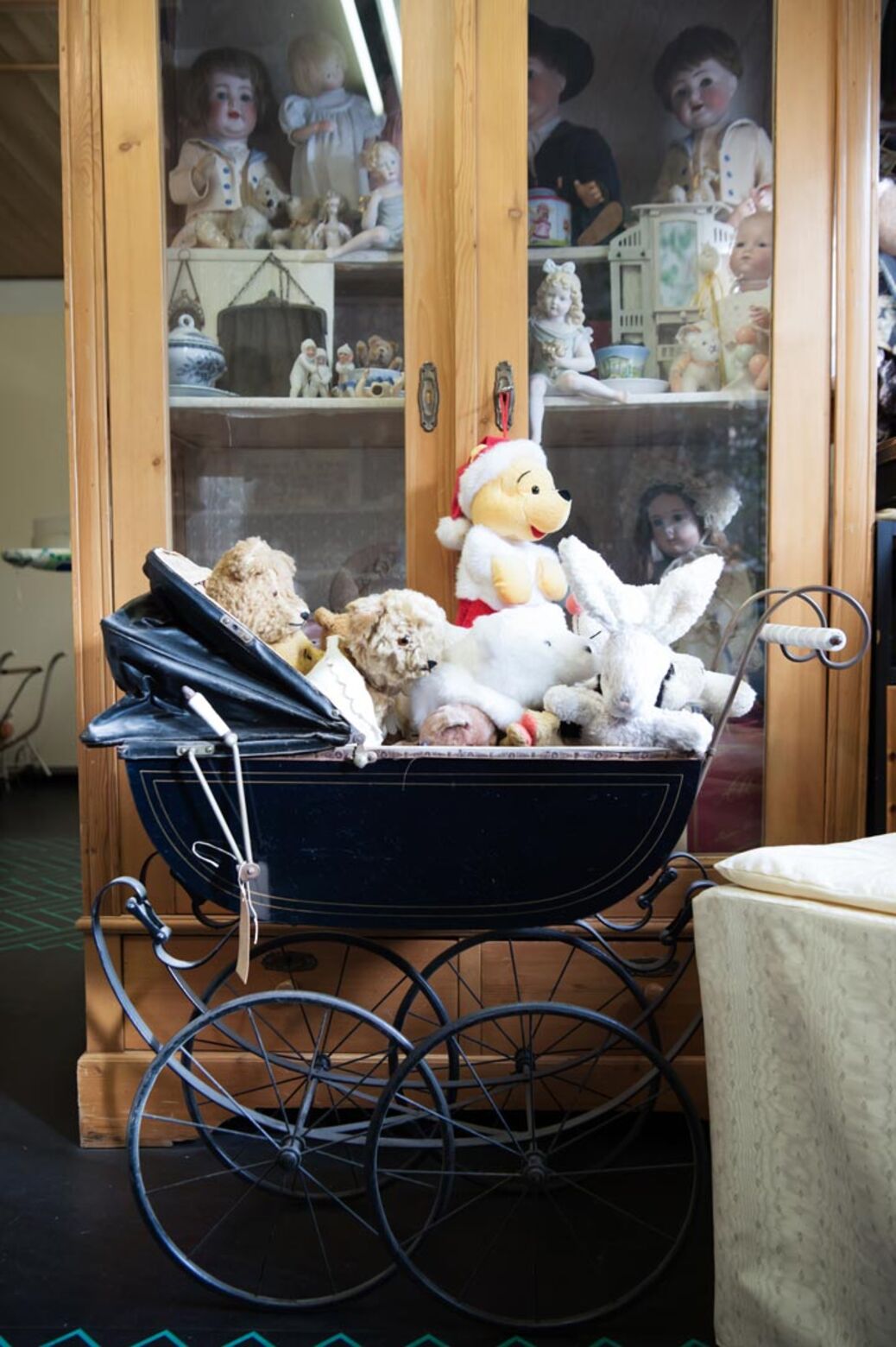
Röösli has acquired a vast array of knowledge about dolls and teddies over the years; he is interested in their histories and has become ever more familiar with the materials. ‘You can recognise French dolls by their aristocratic hand positions and pale faces; German dolls are rosy-cheeked and robust,’ he says.
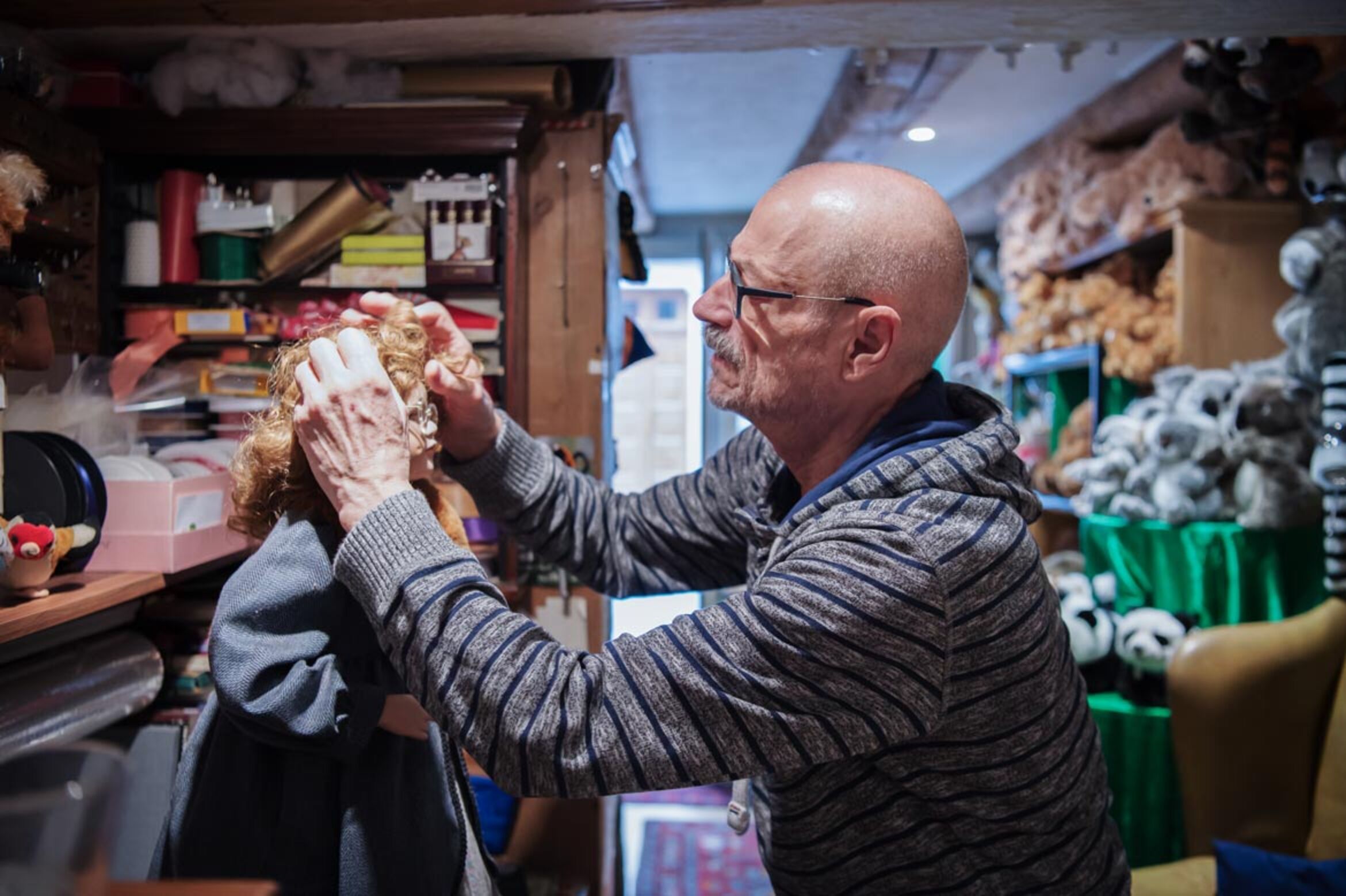
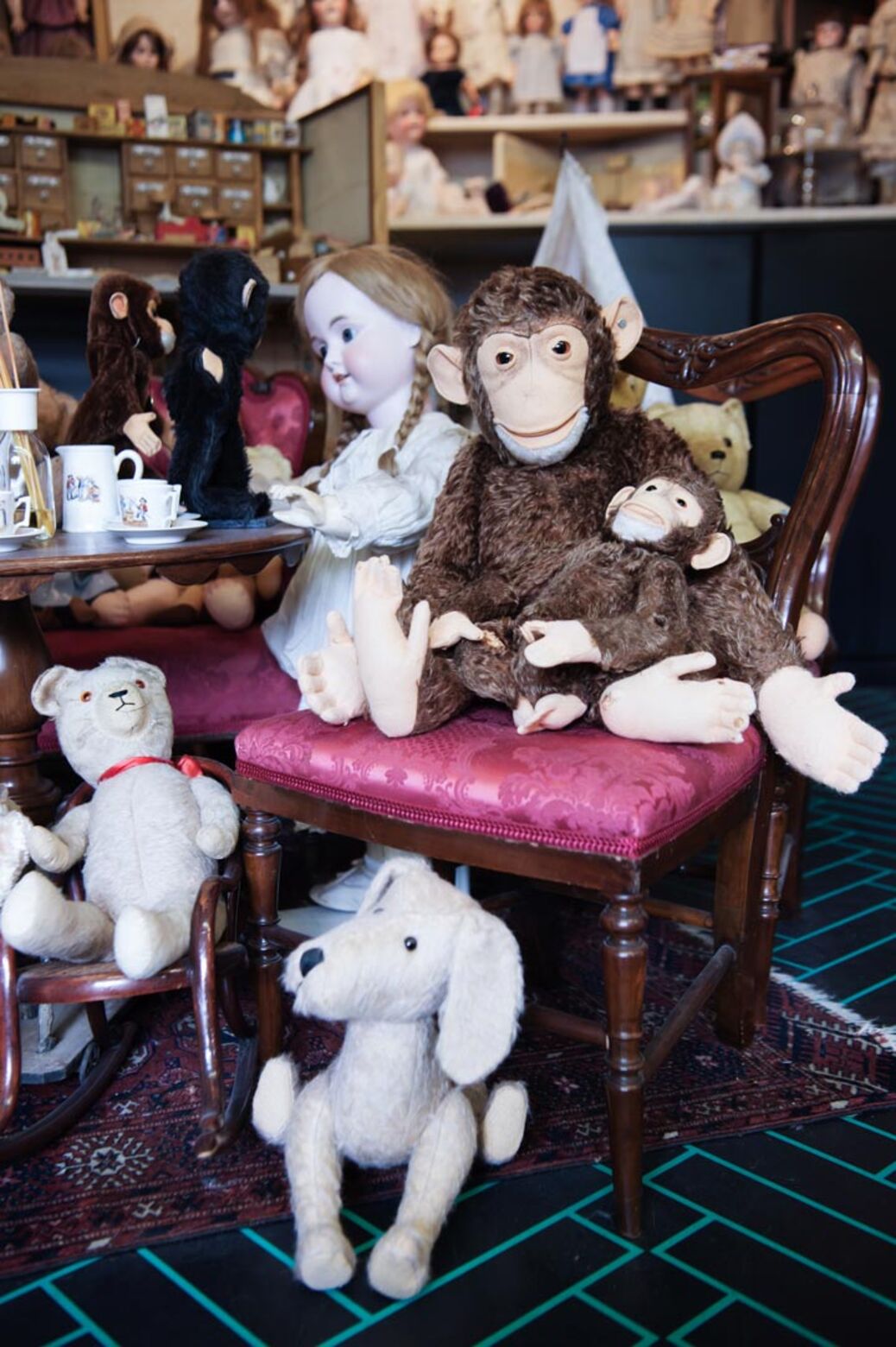
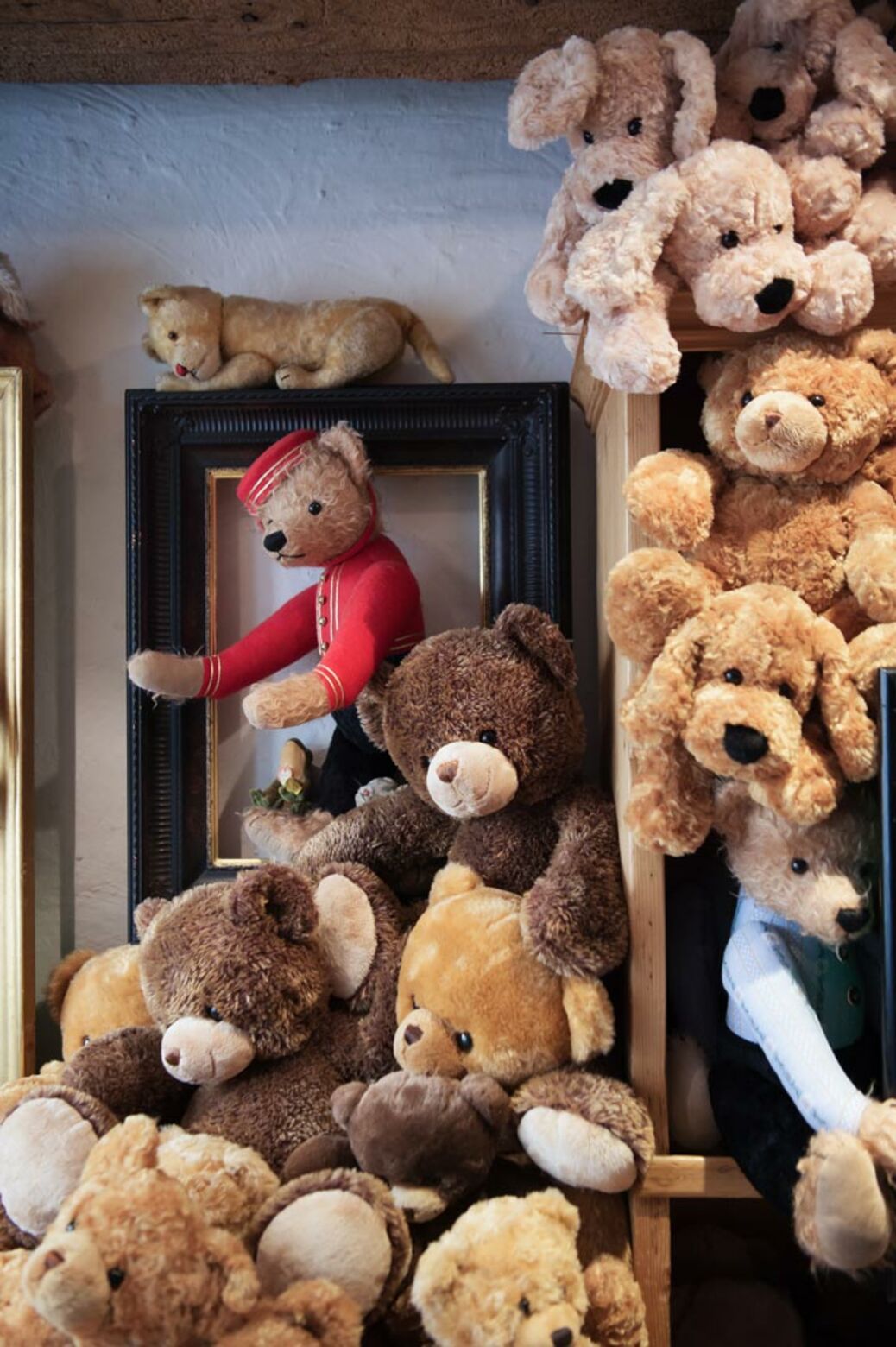
‘That’s Seppli,’ says Röösli, turning to look at a framed photo showing a cross-eyed teddy. Forty years ago, at Christmas, Seppli was left under the tree in the workshop as the only teddy that nobody wanted. Röösli and his partner took him home, ‘where he occasionally served as a lightning rod for domestic troubles and other burdens.’ Later, they also took Seppli with them on their travels.
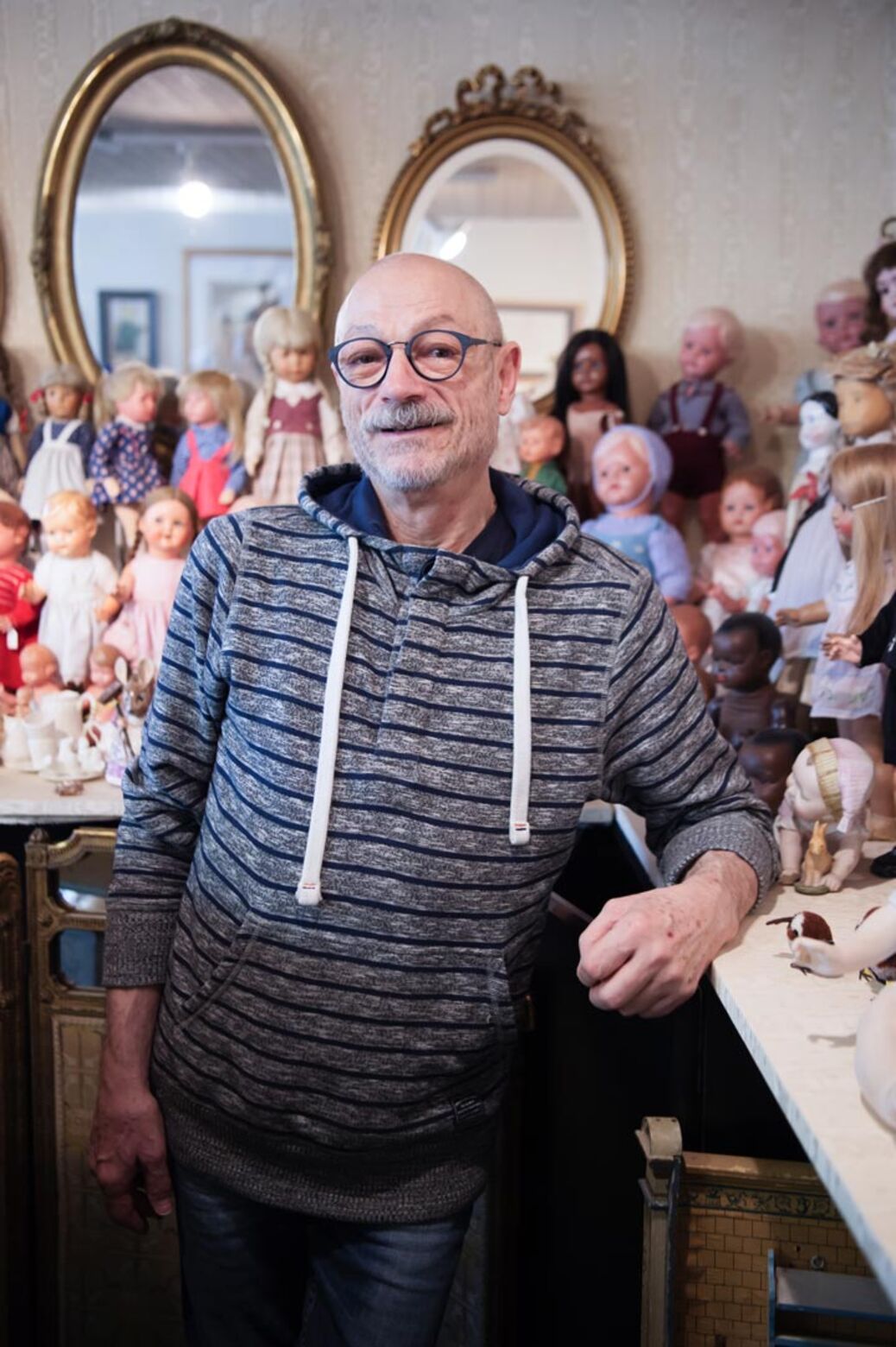
Röösli and his partner sometimes get those moments where they say: ‘Hey, we’re getting tired!’ Röösli’s fingers are also tired – they ache at night.
Röösli bends forwards, his eyes shine: ‘As long as I still enjoy it, I’ll keep going.’
Adresses
Meinrads Puppen- und Bärenklinik
Klosbachstrasse 123
8032 Zürich
+41 44 262 71 81
Meinrads Puppen und Teddybären
Neumarkt 12
8001 Zürich
+41 44 251 39 90
Opening times
Tuesday to Friday, 10:30 am – 6 pm
Saturday, 10:30 am – 5 pm
